February 15th to March 29th 2018
We arrived back in New Zealand after three months at home and spent about ten days on Vega in the Bay of Islands marina at the top of North Island, sorting out boat stuff and planning our road trip.
Vega had been in the boat yard while we were away, having work done on her. So living on Vega meant climbing up a ladder to get aboard (note her beautiful newly copper coated bottom).
We planned to spend about six weeks travelling round New Zealand and organised a rental car to collect in Christchurch to tour South Island. JetStar is the equivalent of Easyjet in Australia and New Zealand and we caught a cheap flight down from Auckland to Christchurch.
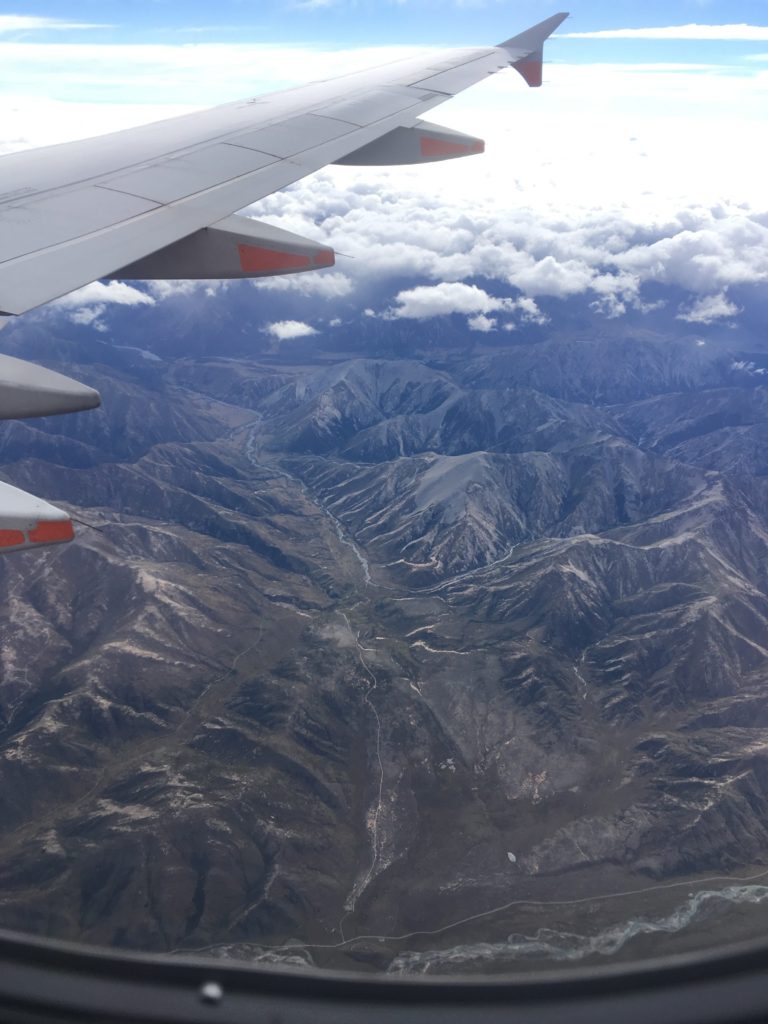
The centre of Christchurch is being slowly rebuilt after the earthquake in 2011. The arguments continue as to whether to demolish or rebuild the Catholic Cathedral (at a predicted cost of NZ$104million ie. about £50million).
After a day of sightseeing we collected our car and headed off. We had rented an estate car with a fold-out bed in the back, as opposed to a considerably more expensive camper van. We’d decided that this would give us the flexibility to stop and camp wherever we found ourselves, but that every few days we’d get a motel or Airbnb. As it was we slept most nights in the back of the car, often staying on campsites with shower and kitchen facilities.
On the way south after leaving Christchurch we met up with sailing friends Barry and Kim, and kids Jade and Dean, for tea. They were passing in the opposite direction on their own tour of South Island.
Our first night was spent in a Department of Conservation campsite, one of many in New Zealand. Very basic facilities, sometimes a toilet block, but usually in stunning locations. This one was by Lake McGregor, surrounded by mountains, with black swans in the lake.
Lake Tekapo was nearby, a lake with amazing deep turquoise water, the colour due to a suspension of fine particles of rock generated by mechanical grinding of bedrock by glacial erosion.
The Church of the Good Shepherd is a big attraction here and it was crawling with other tourists, especially busy as it was Chinese New Year.
The next night we booked into a campsite with proper shower blocks, plugged the ‘Buzzymobile’ into power to recharge our devices and Hugh cooked supper with a view of Lake Pukaki.
We got occasional views of Mount Cook through the low cloud…
… and from the DOC campsite near Mount Cook Village we walked the easy and very busy Hooker Valley Trail to the Hooker Lake where mini icebergs floated, having broken off from the nearby glacier….
… and the even easier Kea Point walk to view the glacier from the designated viewing platform:
Back to the east coast and Oamaru ‘Steampunk Capital of New Zealand’.
Oamaru is also famous for little blue penguins which have burrows on the bay here. They are up between 4 & 5am to head out to sea for a day’s fishing and don’t return until dusk. One had a burrow under the decking at our campsite but it arrived home after dark and flash photography was forbidden, so no photos (we also refused to pay the entrance fee to the nearby commercial Blue Penguin Colony which provides a grandstand from which to view their return from the sea).
Along the coast are the Moeraki Boulders:
According to Māori legend the boulders are the remains of eel baskets, calabashes (gourds) and kumara (sweet potatoes) washed ashore from the wreck of Arai-te-uru, a large sailing canoe. An alternative explanation is that they are concretions created by the cementation of the Paleocene mudstone of the Moeraki Formation, from which they have been exhumed by coastal erosion. I think the first explanation is more comprehensible.
Then on to Dunedin, which has a fabulously ornate railway station, opened in 1906:
The Otago Peninsula near to Dunedin has a Royal Albatross centre from which you can see the nesting Albatross with their young and adolescents courting before they head out to sea, not to return to land for five years.
There was also Penguin World which has hospital facilities for injured penguins, which we found rather sad.
The scenery on the Otago Peninsula was wonderful.
On to the Caitlin’s Coast in the southeast of South Island. Beautiful beaches….
…. and The Nuggets and lighthouse where we saw sea lions playing below us and waited for over an hour in a hide for penguins to emerge from the sea. They didn’t oblige.
… and finally Curio Bay where we saw Hector’s dolphins playing in the surf and where quite a crowd had gathered to see the yellow eyed penguins at dusk. We waited and waited, held back by a rope until, just before it got dark, two appeared. The following day we spotted one nesting amongst the reeds.
Fiordland in the southwest corner of South Island is dominated by the steep Southern Alps, deep lakes and wide valleys.
Friends Angela and Reto were touring South Island in an anticlockwise direction, so we met up as we were doing a clockwise route round, and shared supper on a campsite by Lake Manapouri.
We took an overnight cruise on Doubtful Sound and saw dolphins, albatross circling the ship, sea lions basking on a rocky island where the fjord opened to the sea, and…. a solitary penguin swimming along.
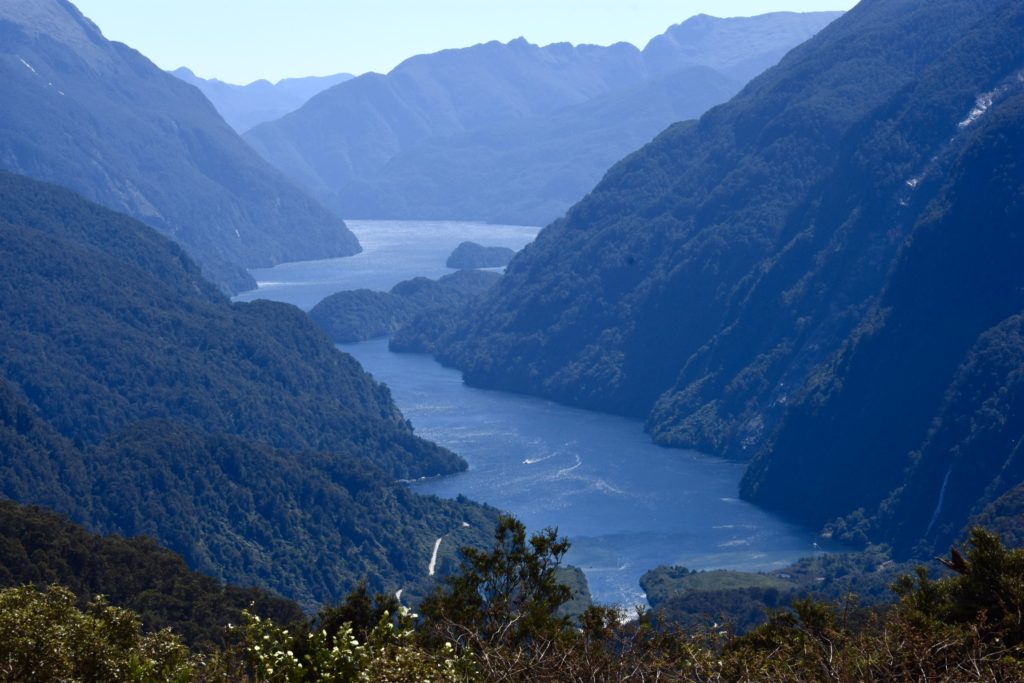
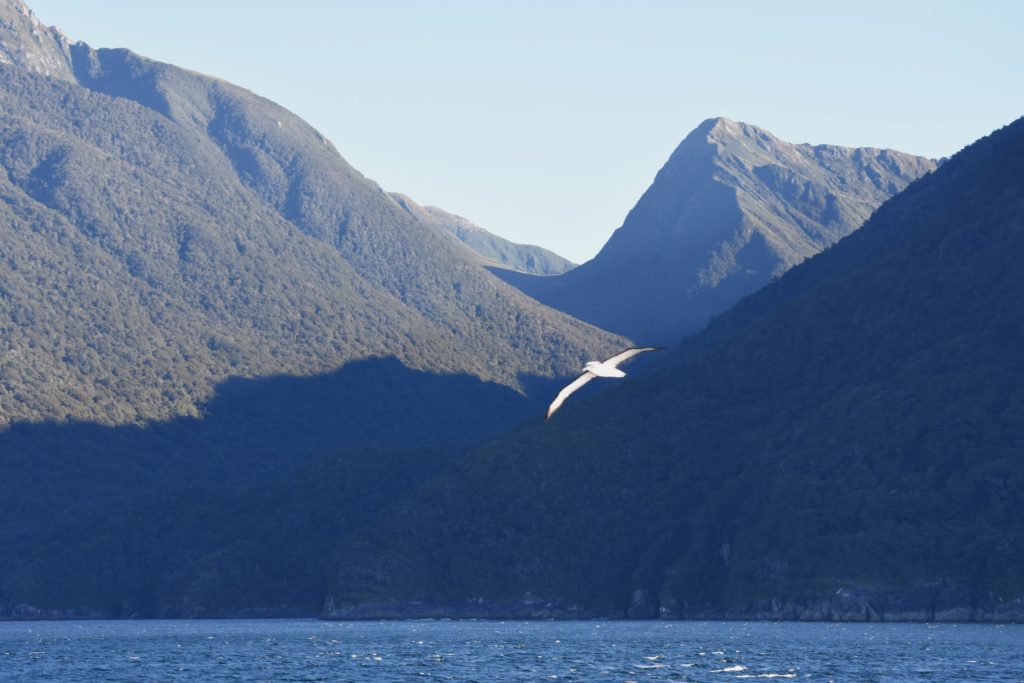
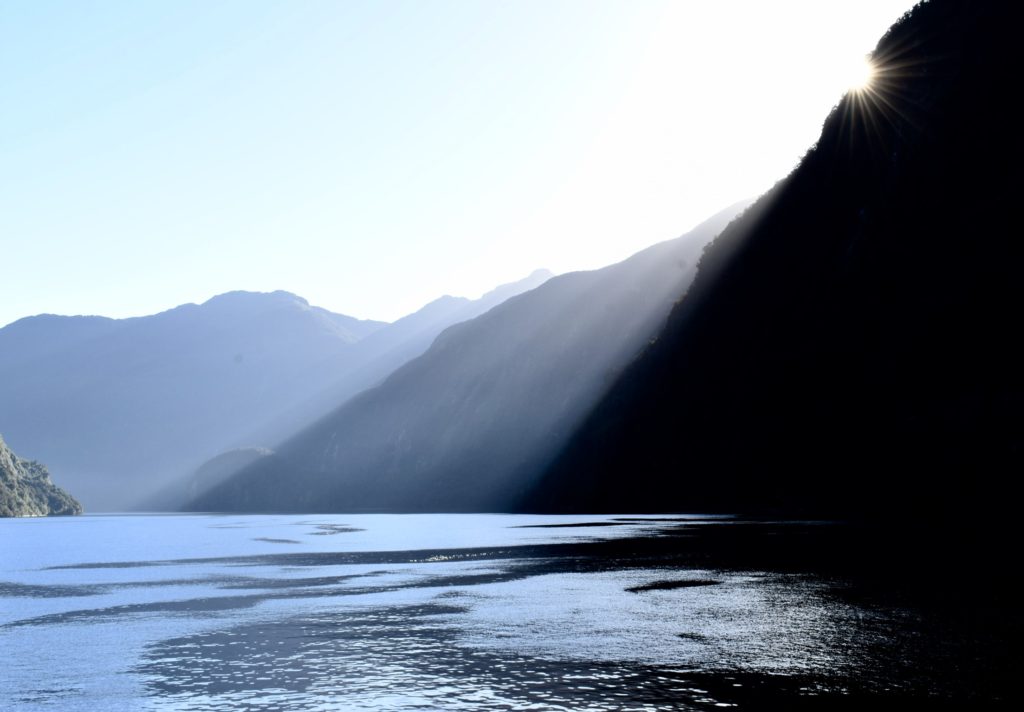
There was spectacular scenery and lovely treks in this area (as there is in much of South Island, of course)….
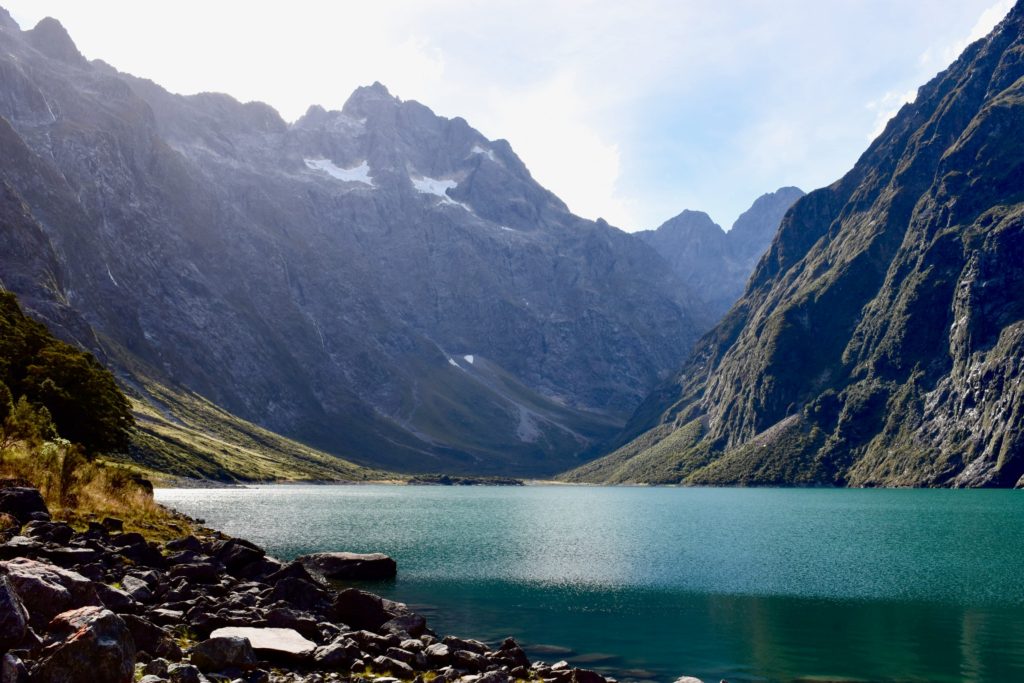
… and Milford Sound, gloomy and shrouded in mist which, with rainfall of over 6 meters a year, is one of the wettest places in the world…
Heading back north we spend a night ‘freedom camping’, staying in the car park by the old railway station at Lumsden where the locals have fixed picnic tables and dishwashing sinks on the platform with loos nearby:
On to Queenstown, adrenaline sports capital of New Zealand. Instead of bungee jumping, zipwiring or jet boating we opted for a hike up the Tiki trail for the view down over Queenstown with Lake Wakatipu and The Remarkables mountain range behind, and a couple of laps on the Luge track. Oh, and Hugh bought a new pair of hiking boots from one of the many outdoor shops there.
If you want to read more about our travels then Hugh has also been writing a blog which you can read by clicking this link.
Arrowtown is a small, very pretty but touristy town near Queenstown which thrived during the Otago Gold Rush of the 1860s…….
…..there is a reconstructed settlement in Arrowtown of the tiny houses where where the Chinese workers lived…
We didn’t understand the craze for posing on one leg whilst having your photo taken in front of scenic sights…
On our way back north we stopped for lunch at the Cardrona Hotel (we highly recommend the seafood chowder) which is the oldest, 1863, and most photographed hotel in New Zealand.
There was quite a crowd gathered around the world famous tree on Lake Wanaka. And a travelling pianist was playing to the tree…..
… this tree has its own Facebook page and Instagram hashtag #thatwanakatree
We found a campsite right on the lake and the next day trekked up past the Diamond Lake to the top of Rocky Mountain with views down over Lake Wanaka and Mount Aspiring beyond.
From Wanaka we headed towards the west coast stopping to see various sights…
Blue pools (more green than blue) with piles of pebbles on the bank
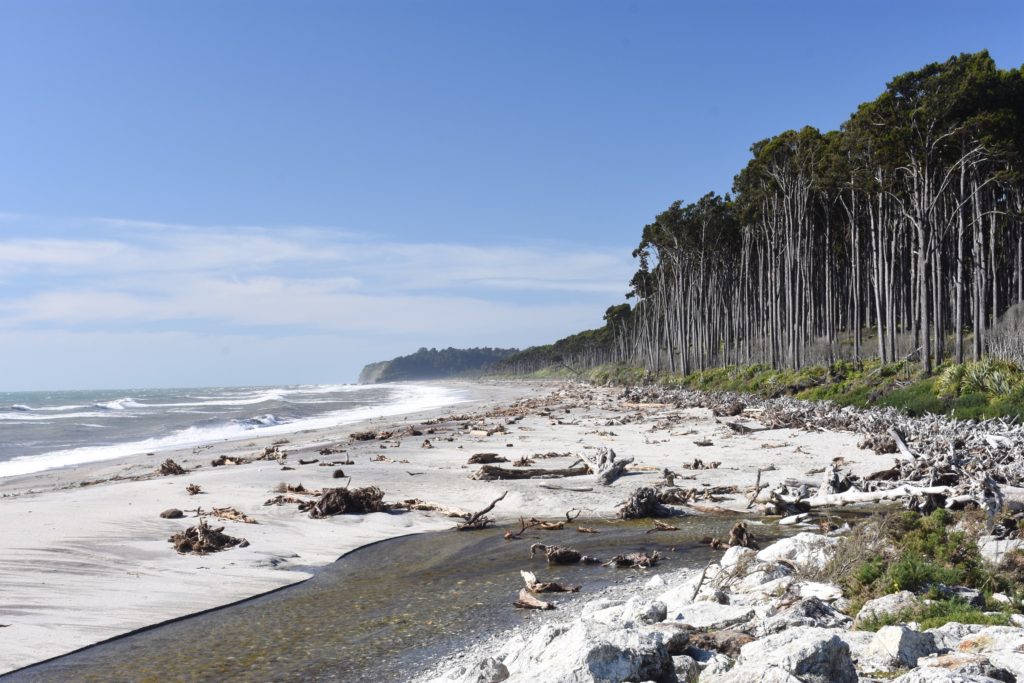
The scenery along the west coast was spectacular with the waves pounding in from the Tasman Sea. It has much higher rainfall than the east of South Island, and we were constantly being bitten by tiny black sandflies… the itching lasting for days.
To Franz Josef Glacier, the glacier receding each year, the valley below was carved out by glacial action:
Further north is Hokitika, a former Gold Rush town, of particular interest if you’ve read The Luminaries (an 823 page mystery story set in the West Coast Gold Rush in the 1860s).
…and Hokitika Gorge:
On up the coast through Greymouth and then on to Nelson in the north, where we had a night in an Airbnb and Hugh wrote this blog (click link to read).
Abel Tasman National Park in the north is named after a Dutch explorer who is credited with being the first European to sight New Zealand (although he never set foot on land here as the Maori were not particularly welcoming). The coastal path is mostly gentle walking through the beautiful National Park, often near lovely sandy beaches with plenty of opportunities for a swim.
Water taxis run along the coast and can drop you or pick you up at various bays along the way. Having packed our backpacks with as little as possible, we caught one to Totaranui, at the far end of the coastal trail. It stopped on the way to show us sea lions basking on the rocks and the split apple rock:
We had hoped to do the three day trek along the entire length of the coastal path but all the DOC huts were fully booked. Instead we managed to book a night in the rather upmarket Awaroa Lodge (such hardship). Towards the end of our first days walking we had to ford the river at low tide.
On the second day it rained relentlessly all day so we were relieved to be picked up by the water taxi as the following day the rain was torrential.
Back through Nelson to Blenheim and the Marlborough wine growing region, where we visited three wineries and enjoyed three wine tastings, by which time we were very happy to buy several bottles of excellent Pinot Noir.
And from Blenheim down the east coast, through Kaikoura where we didn’t go whale watching or swimming with dolphins, and back to Christchurch to say goodbye to the Buzzymobile.
From Christchurch we took a day return train ride across to Greymouth, which Hugh has already written about in his blog (click here to read)….
…. when it rained a lot.
Then we caught the bus up to Picton and the ferry across to Wellington in North Island…..
To be continued in my next post!
PS. We saw a lot of sheep on our tour round South Island.
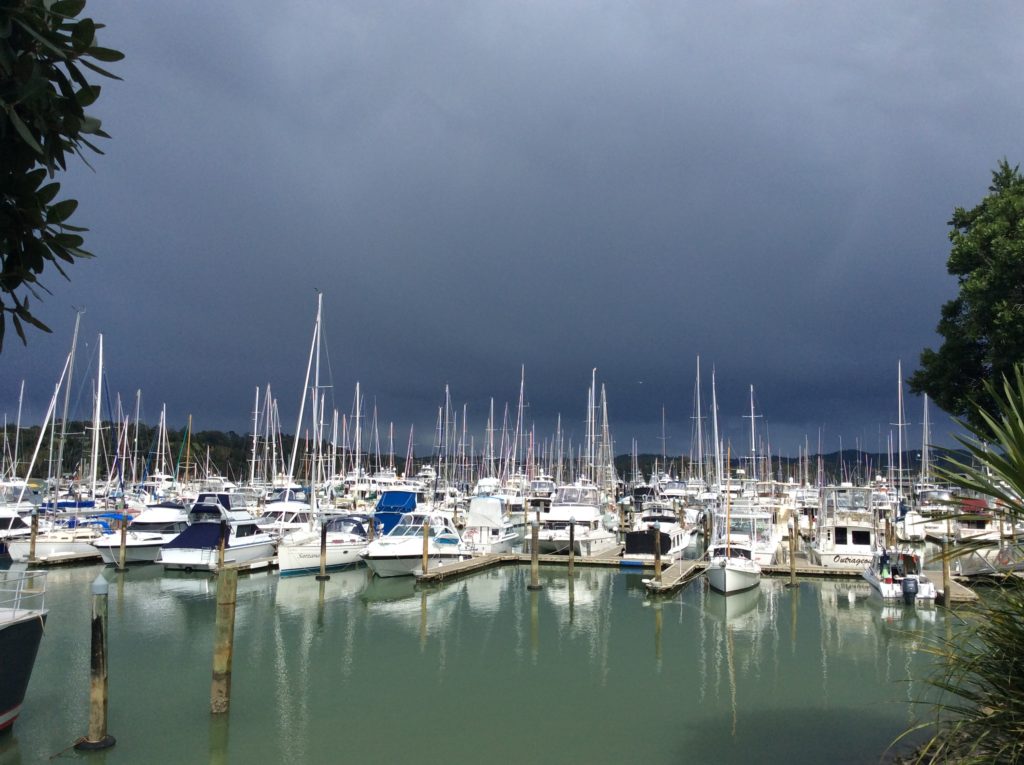
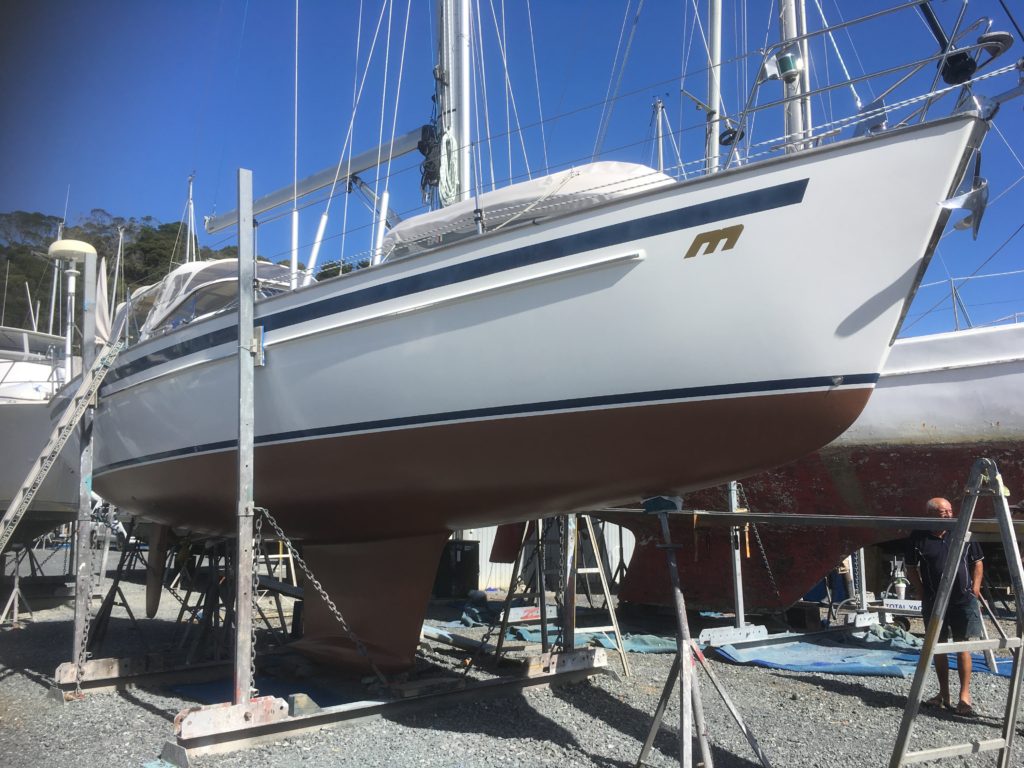
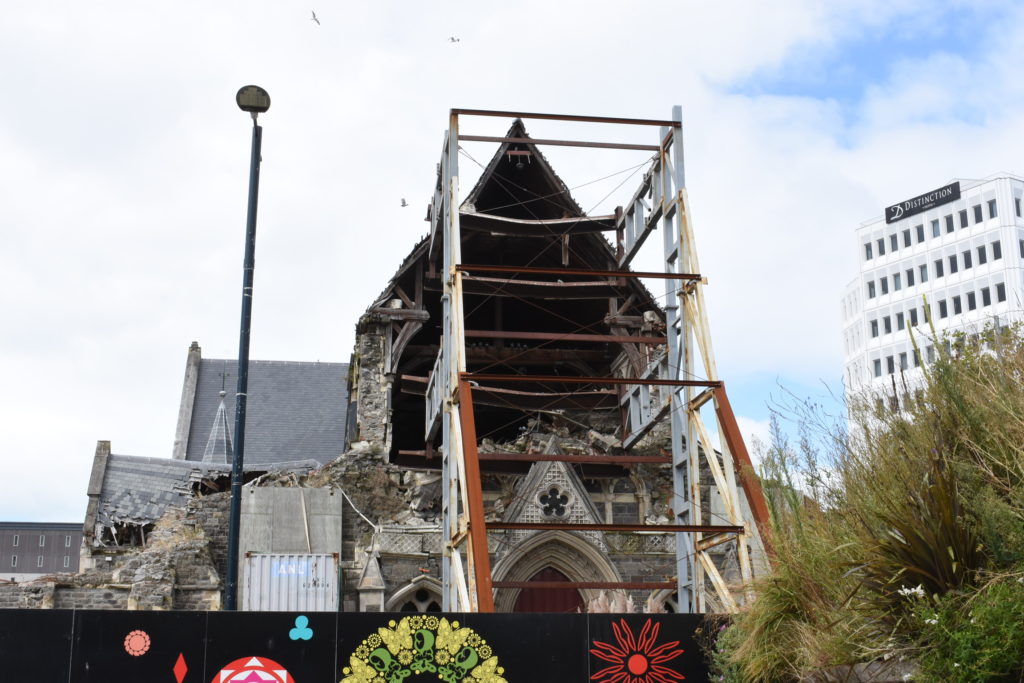
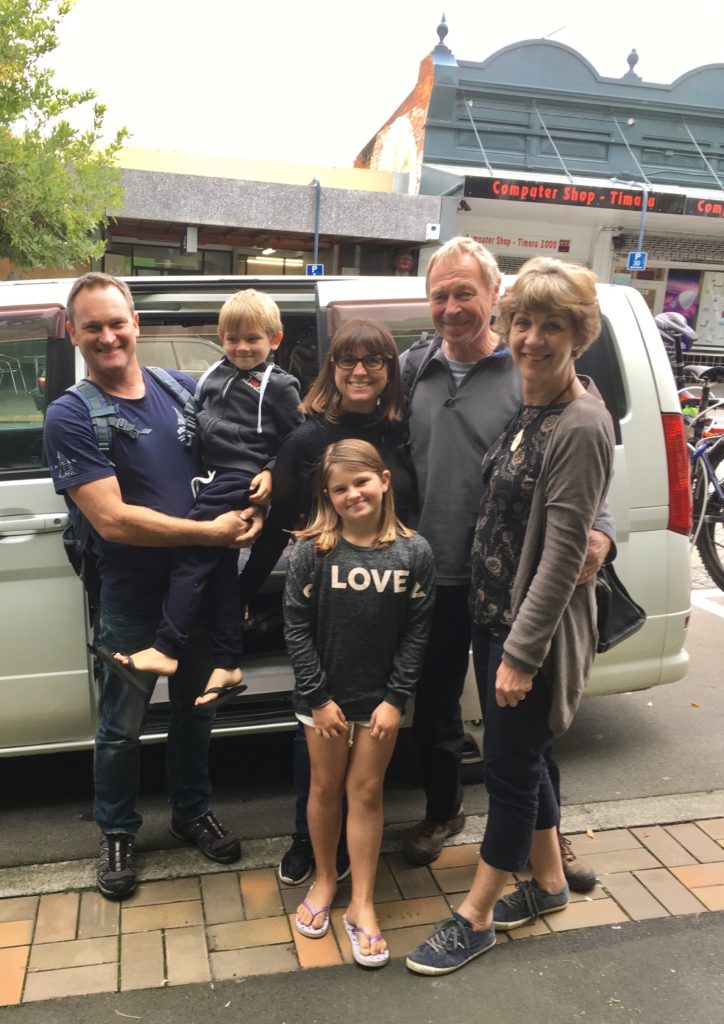
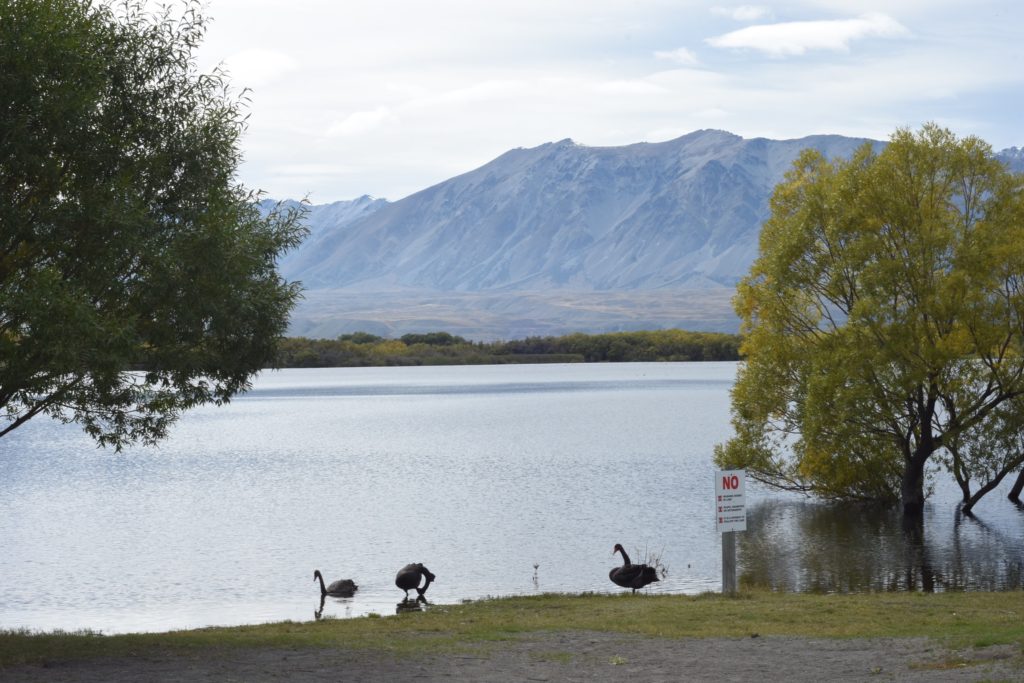
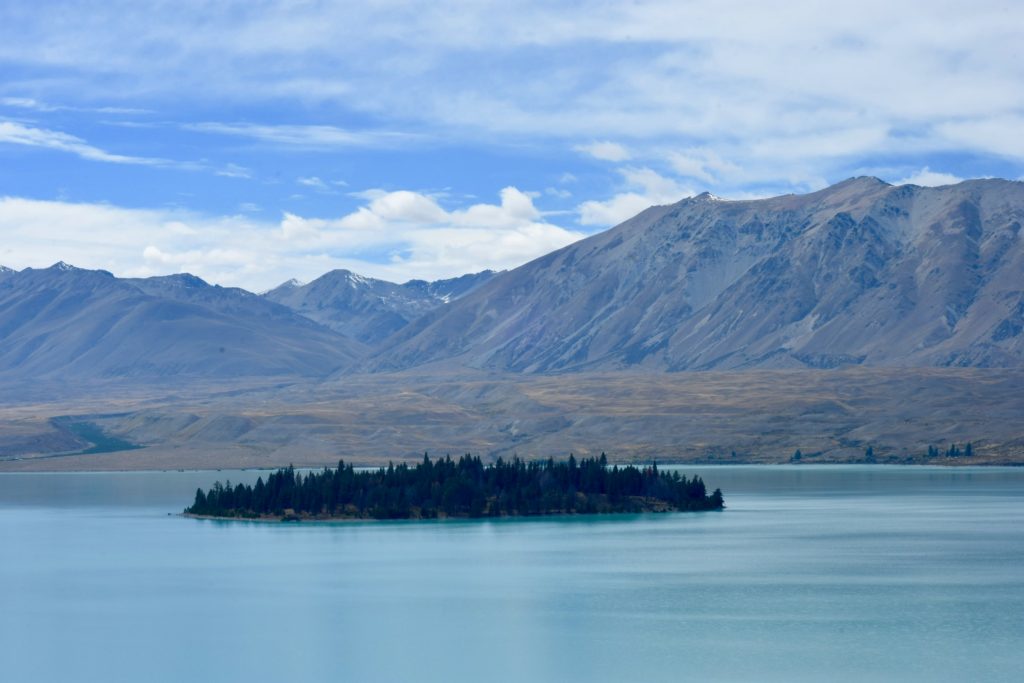
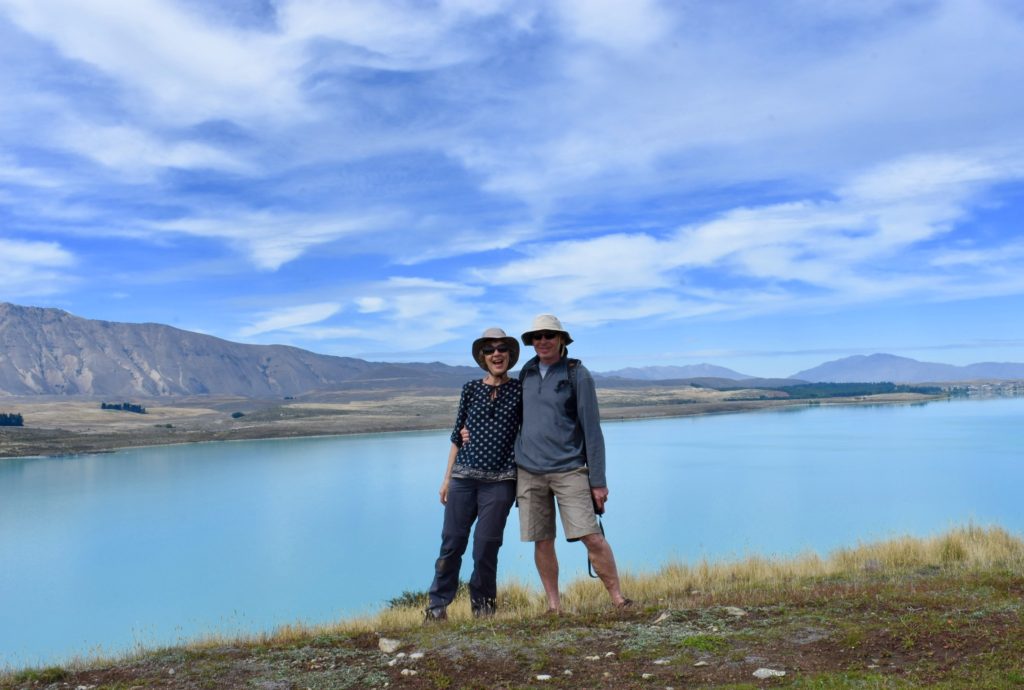
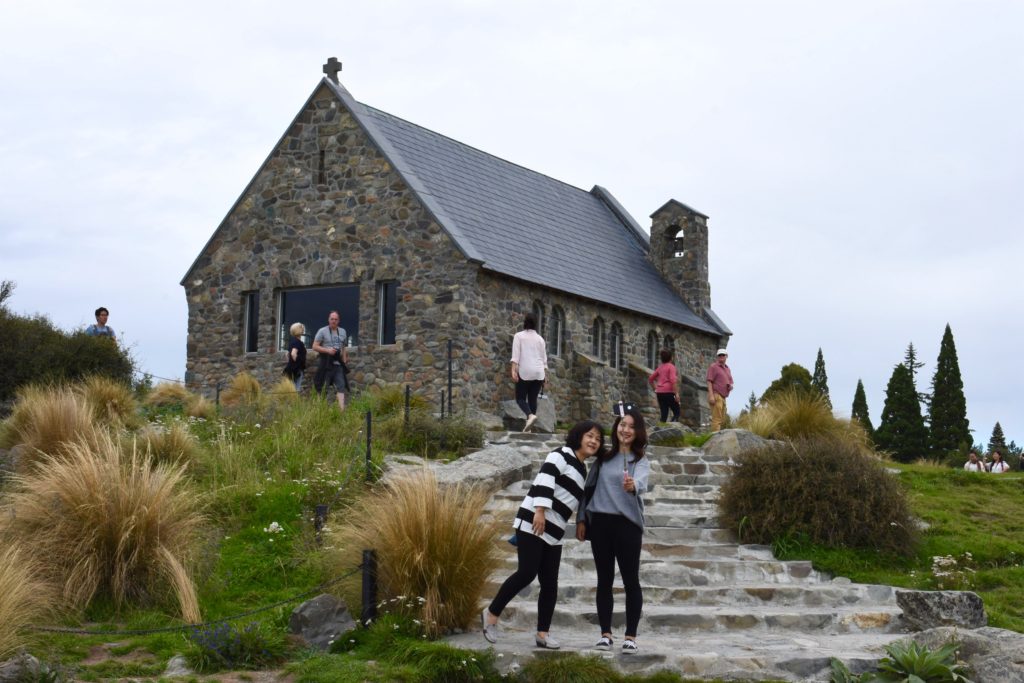
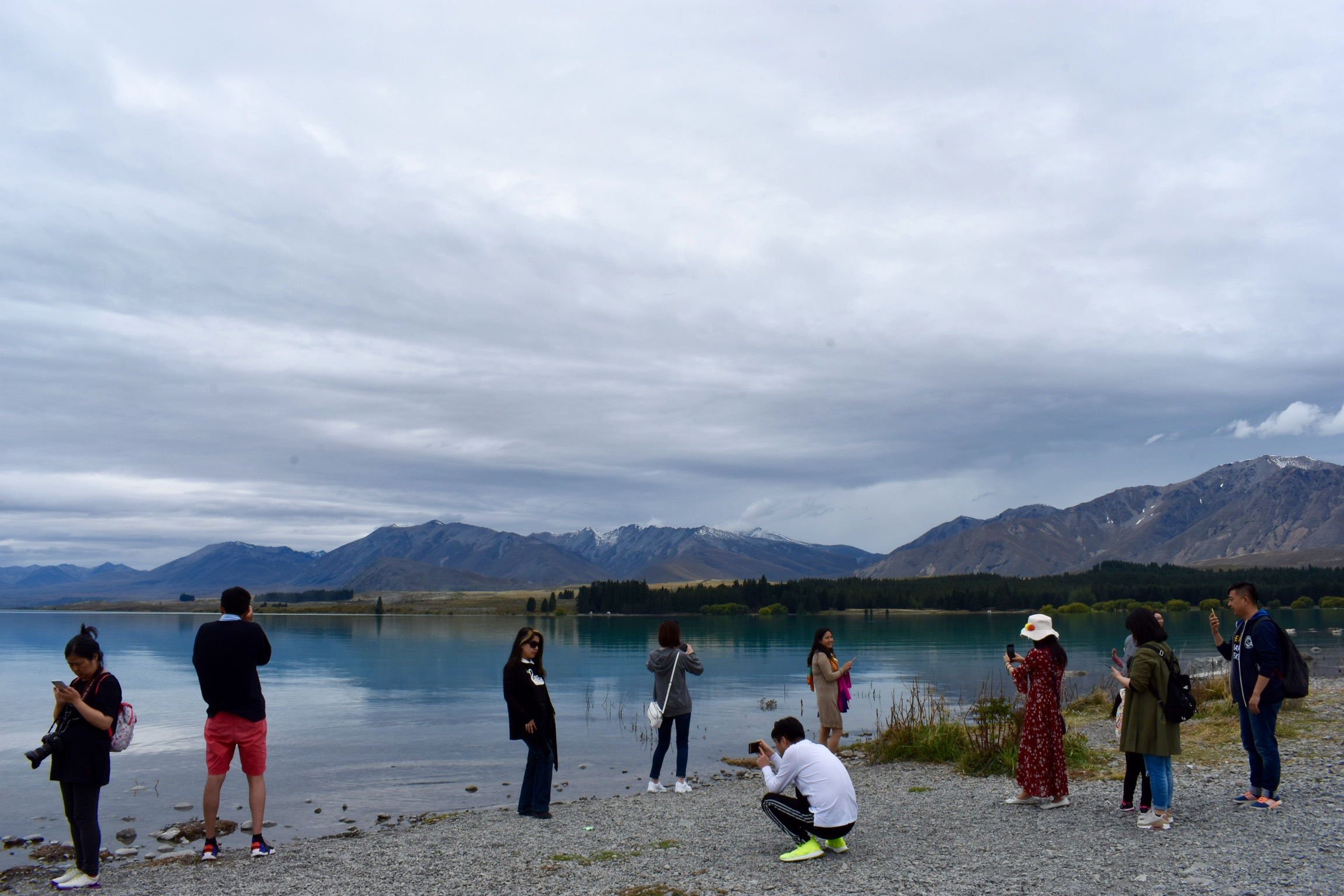
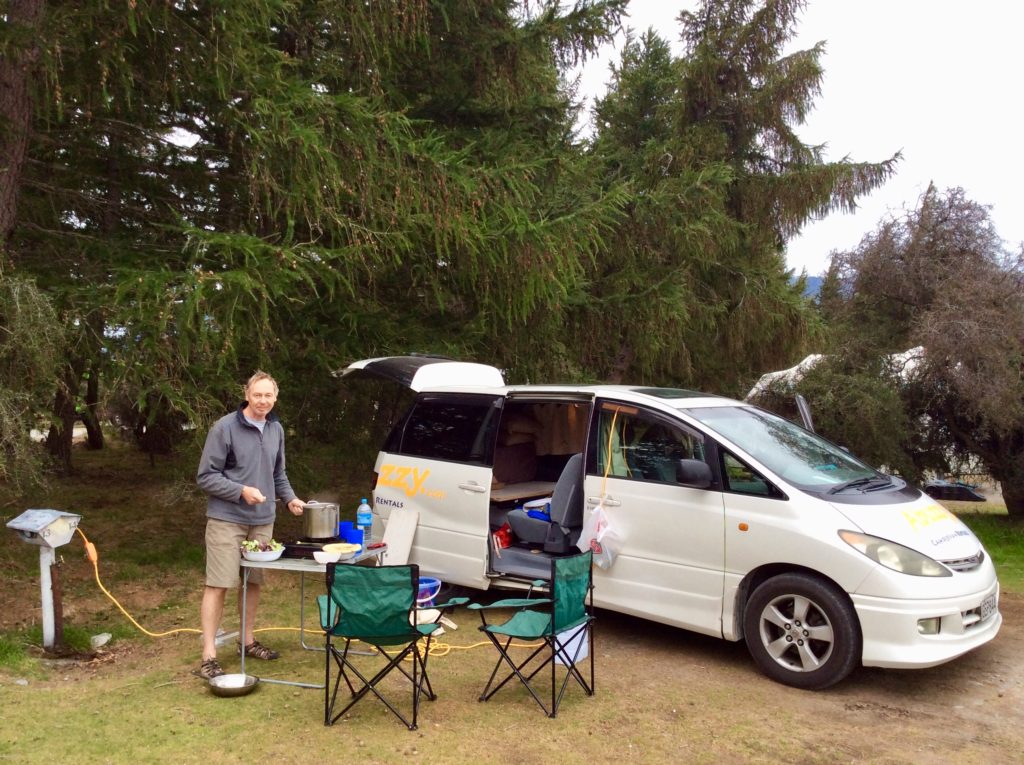
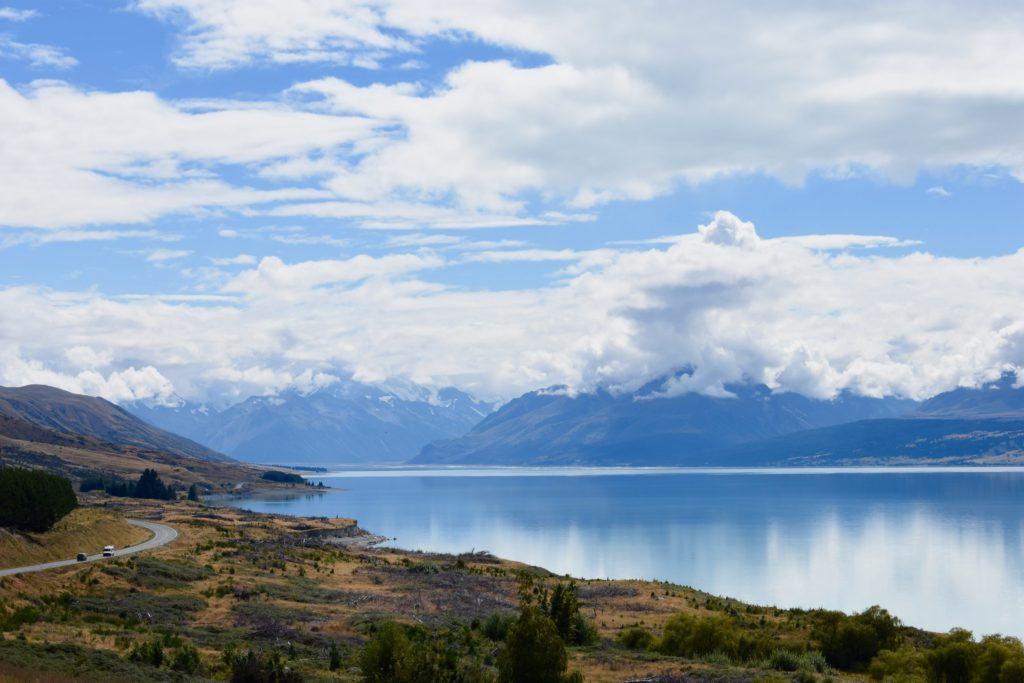
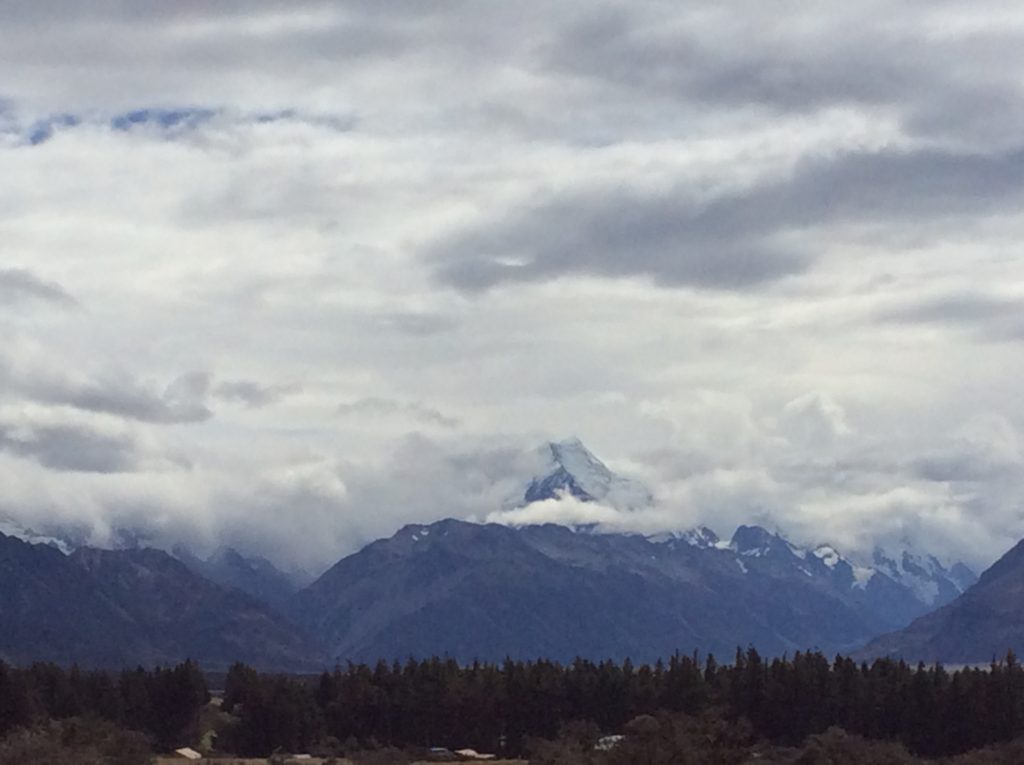
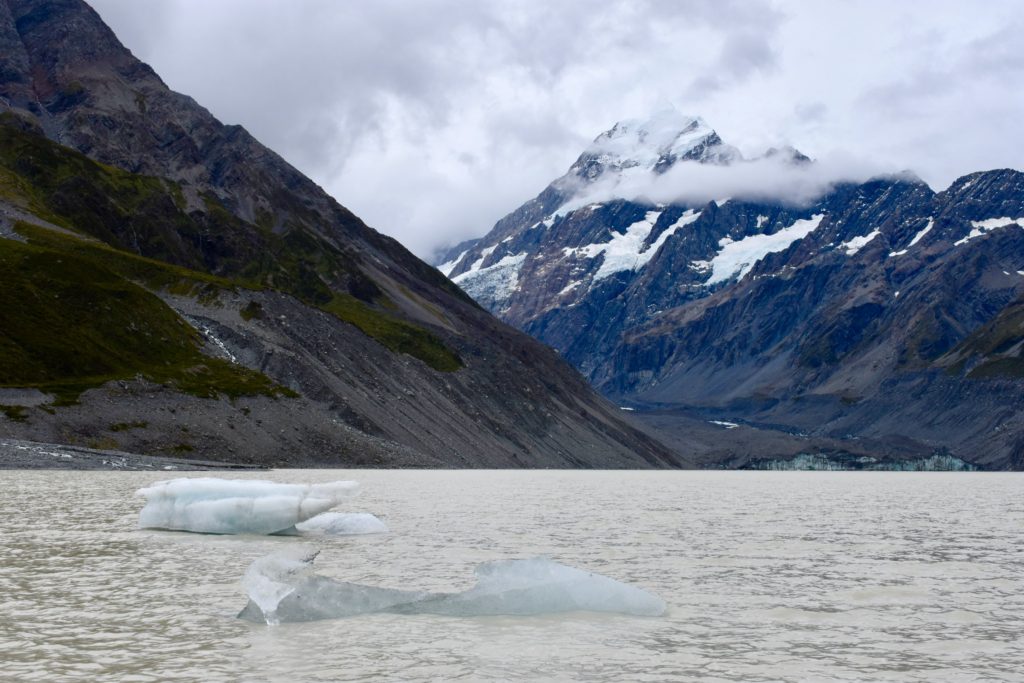
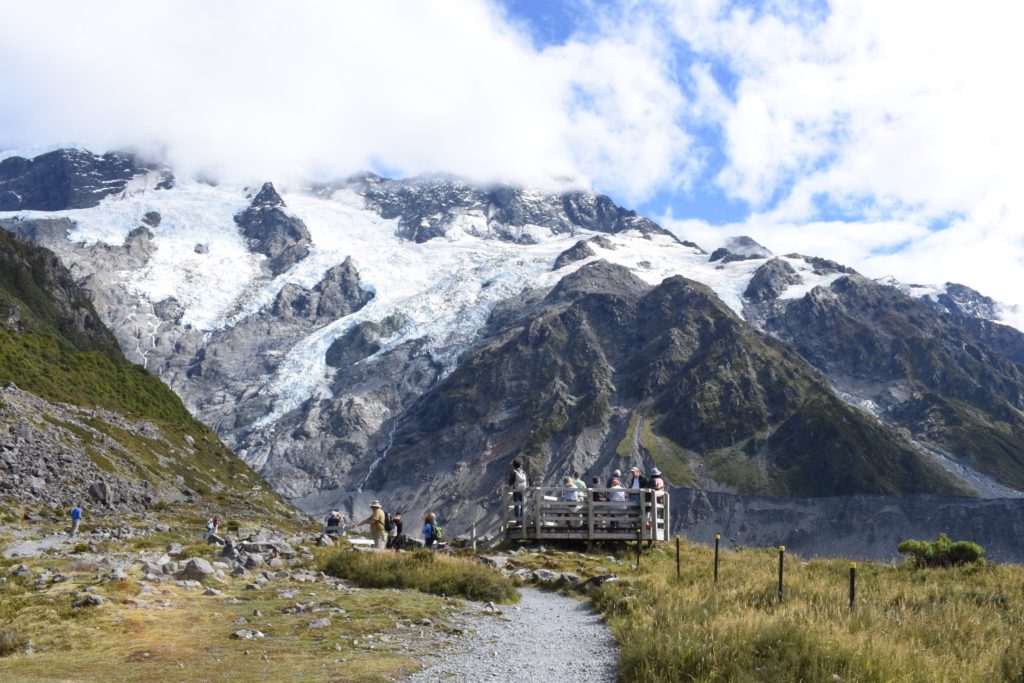
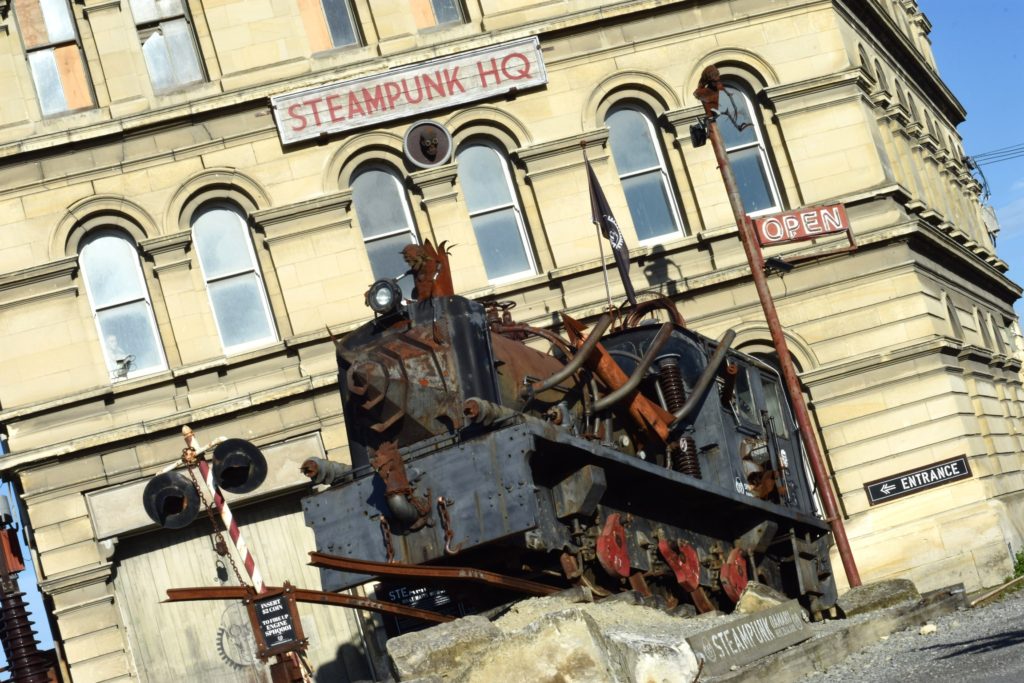
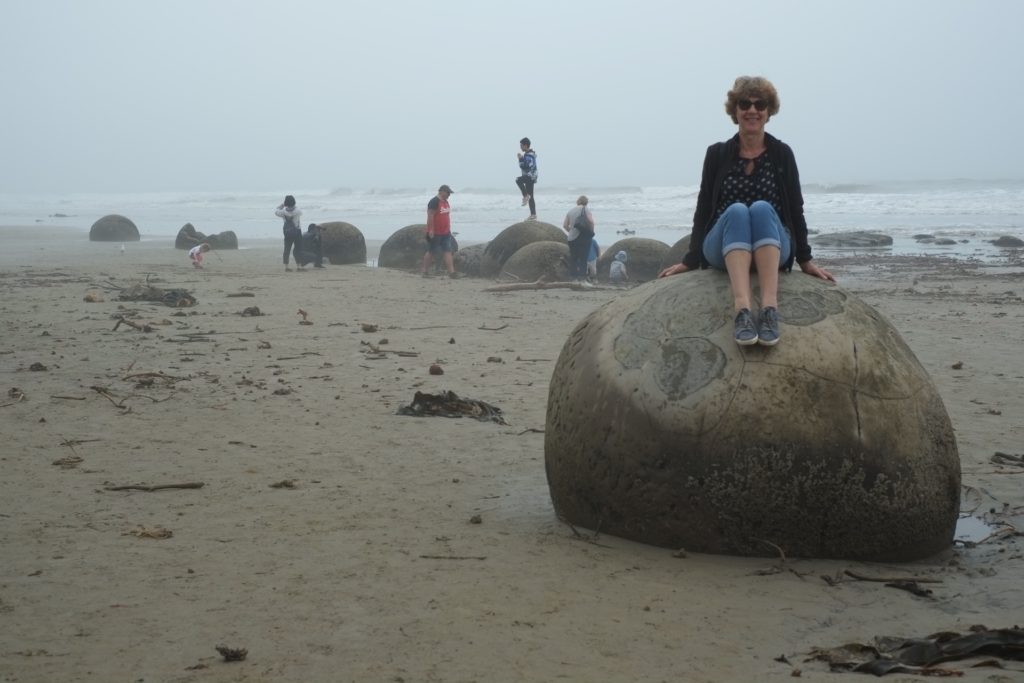
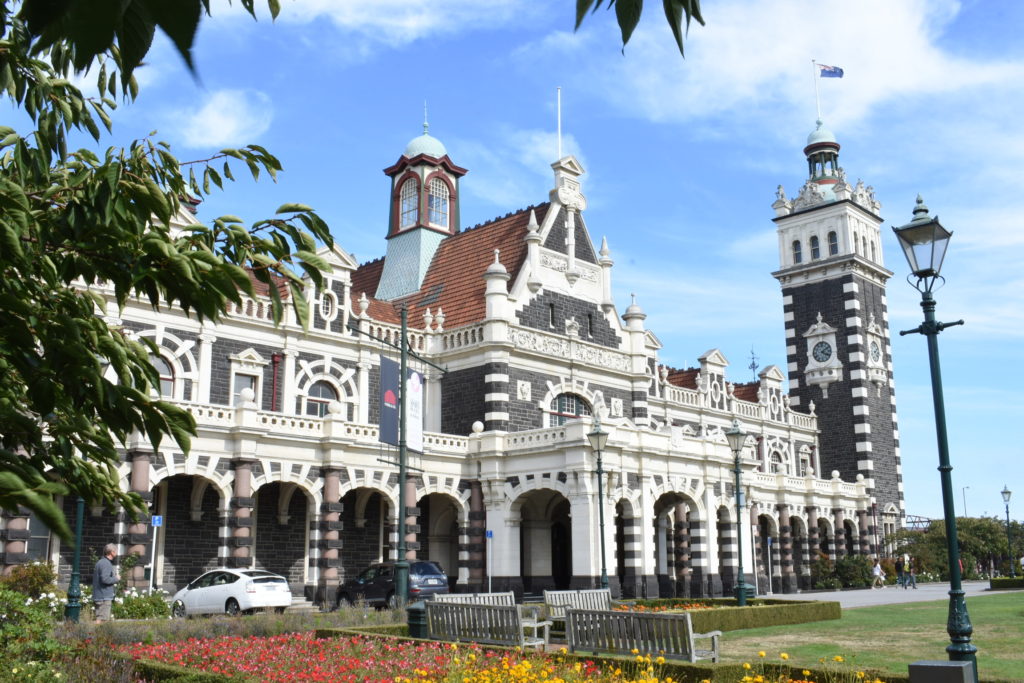
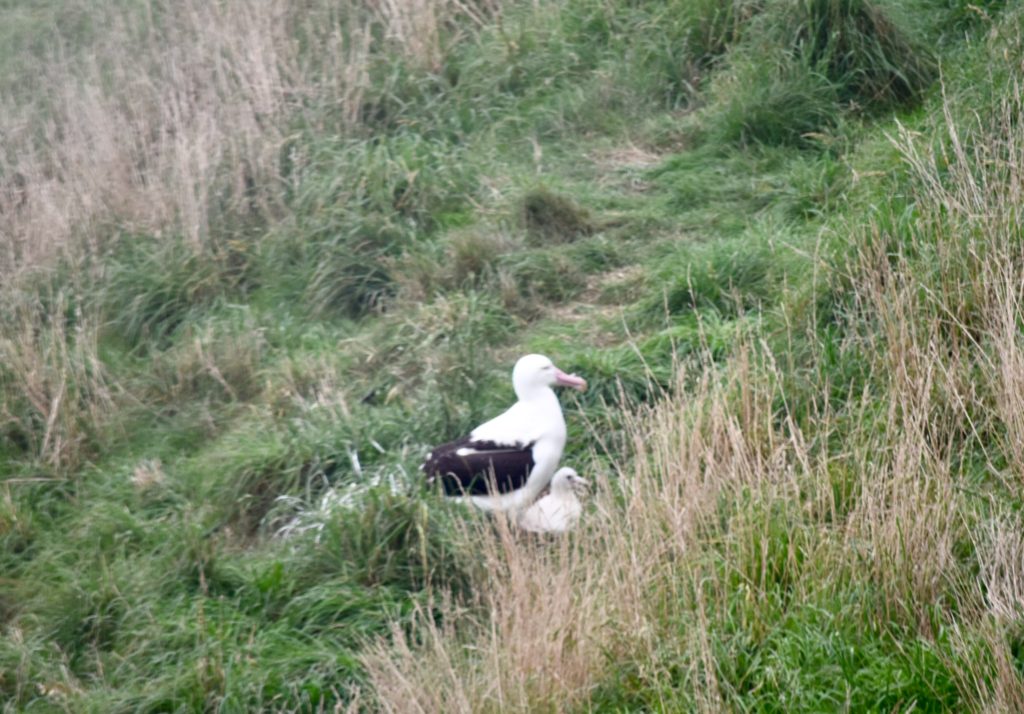
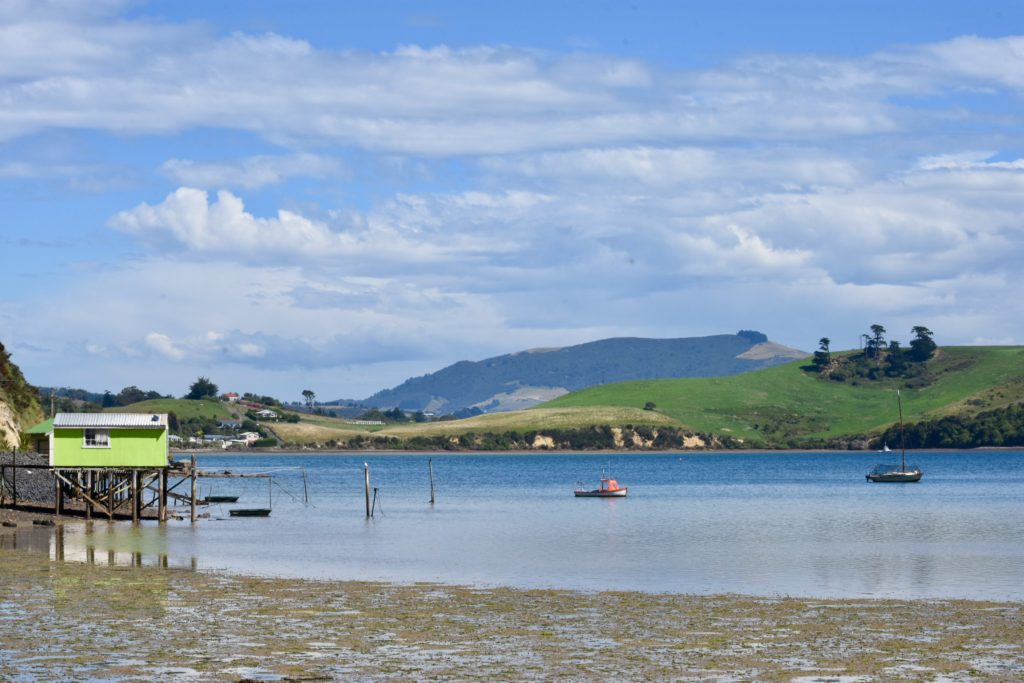
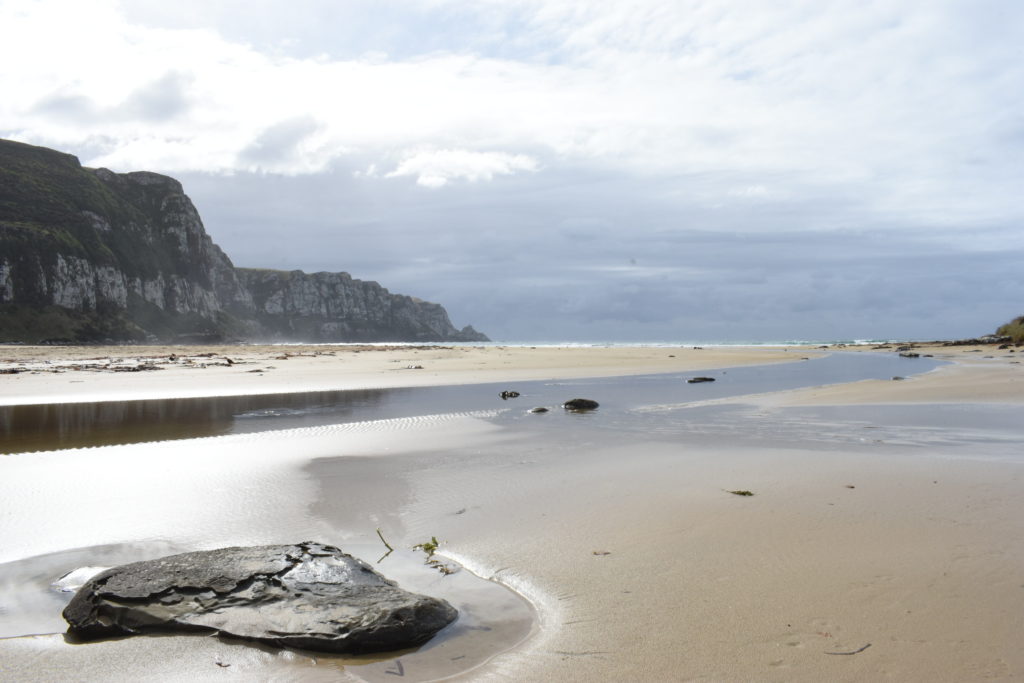
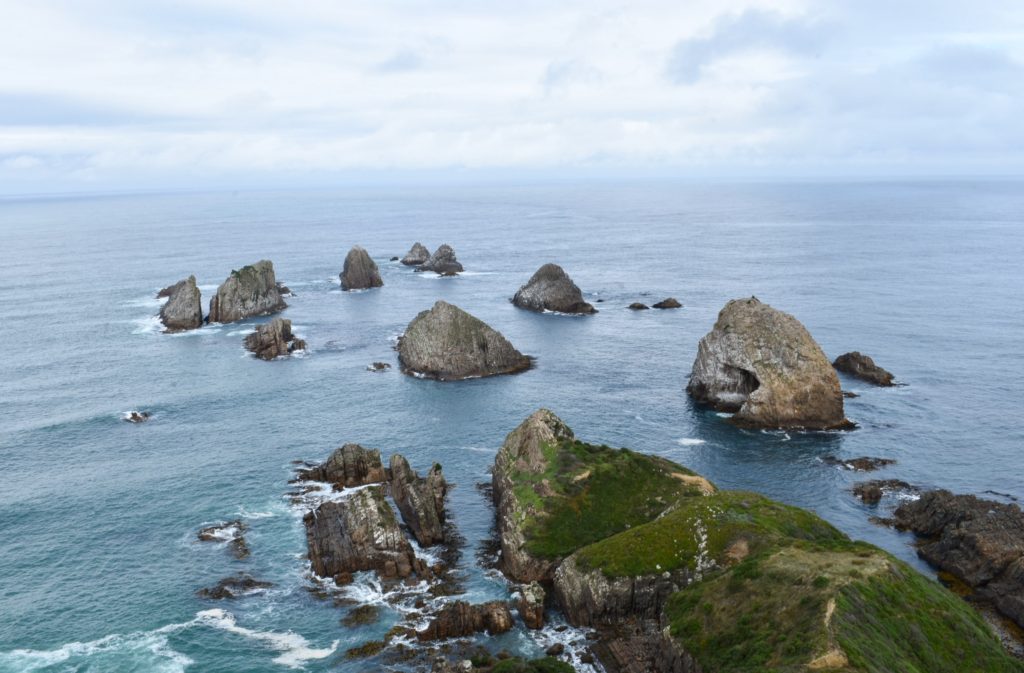
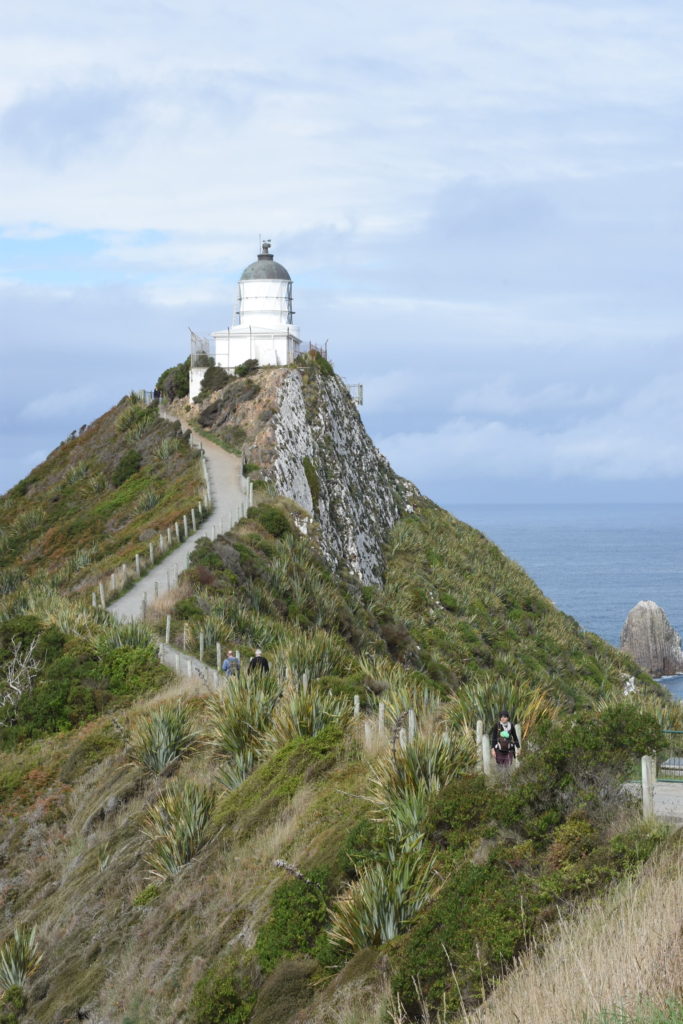
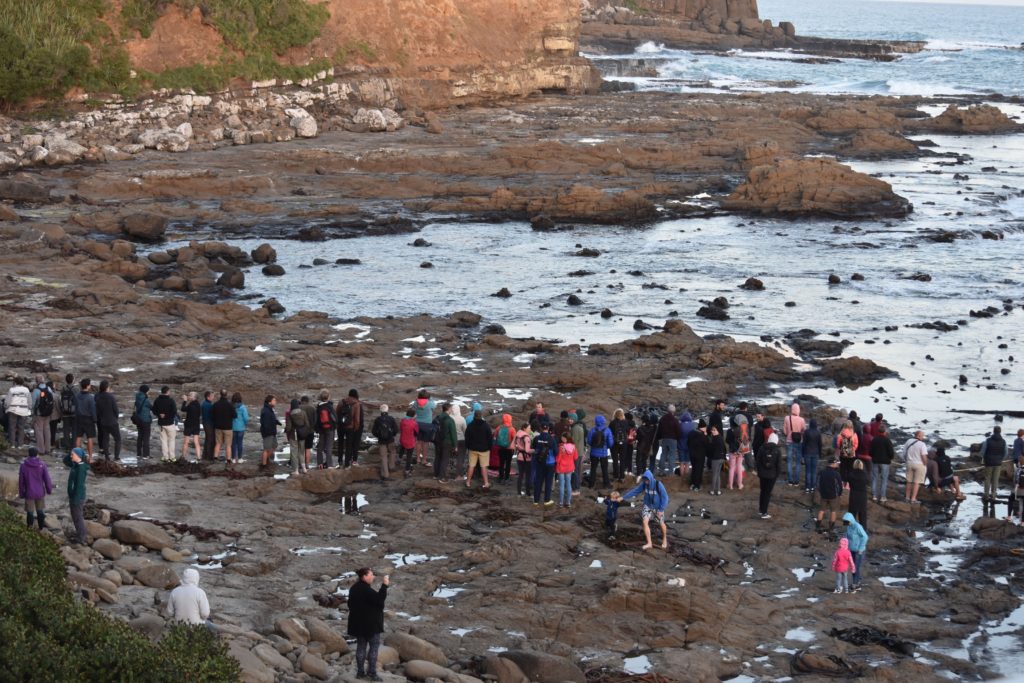
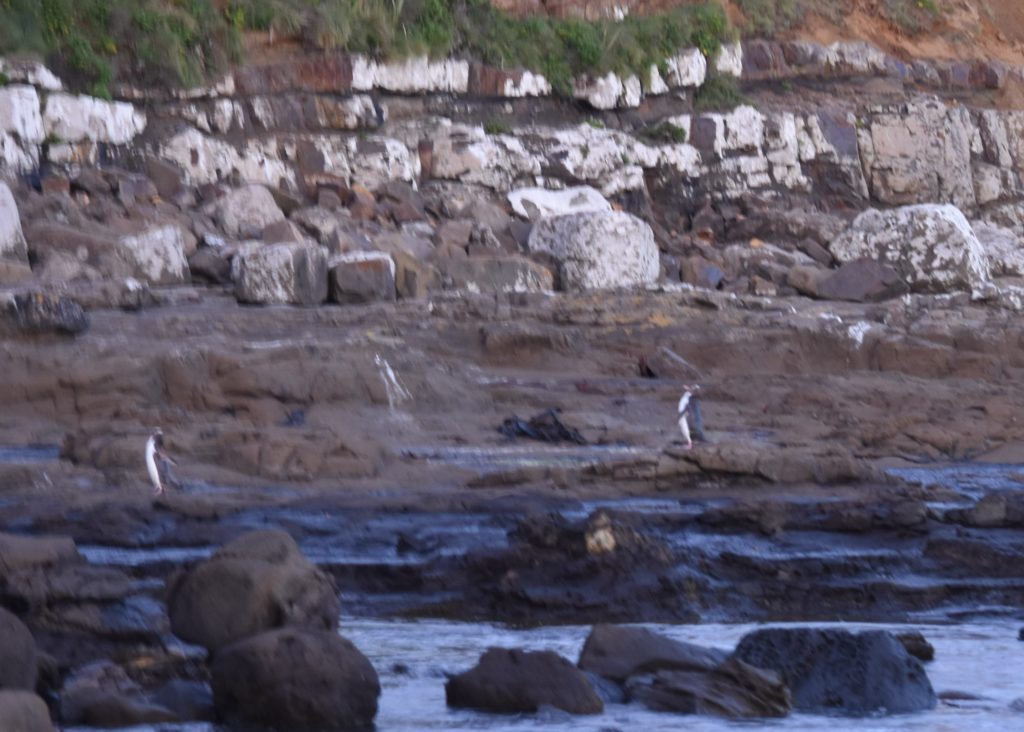
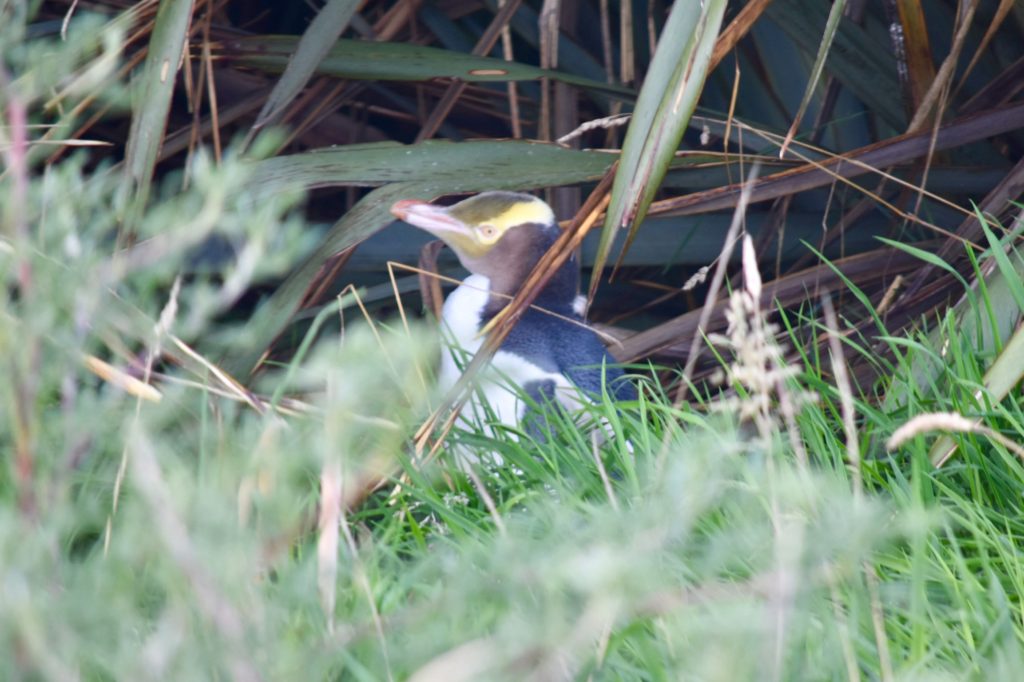
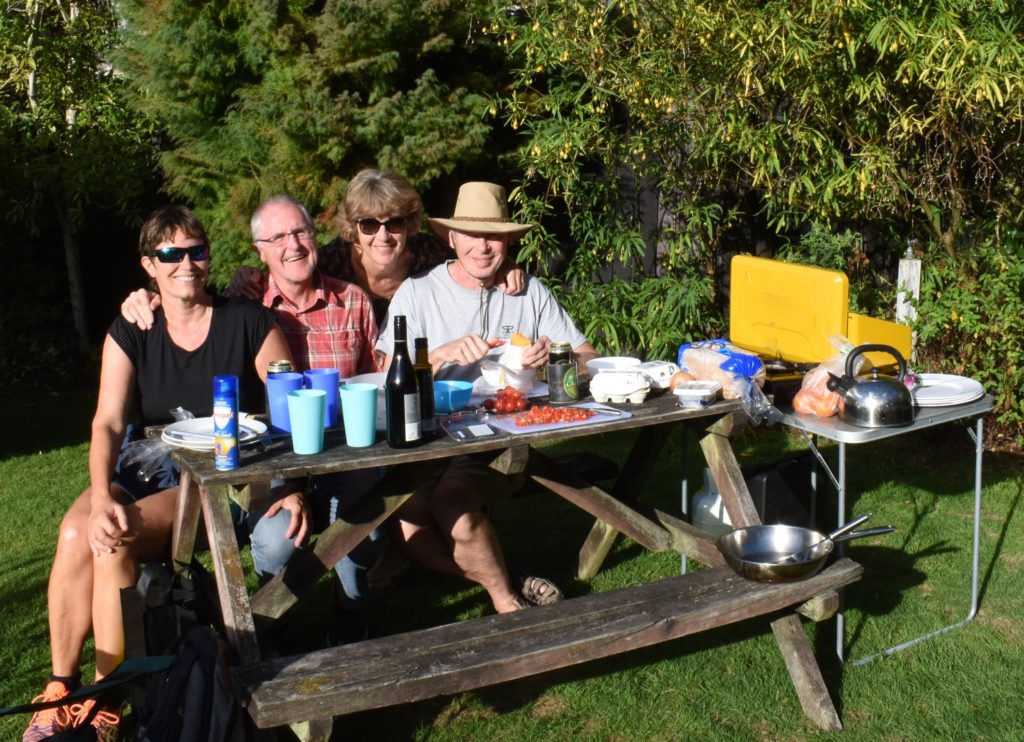
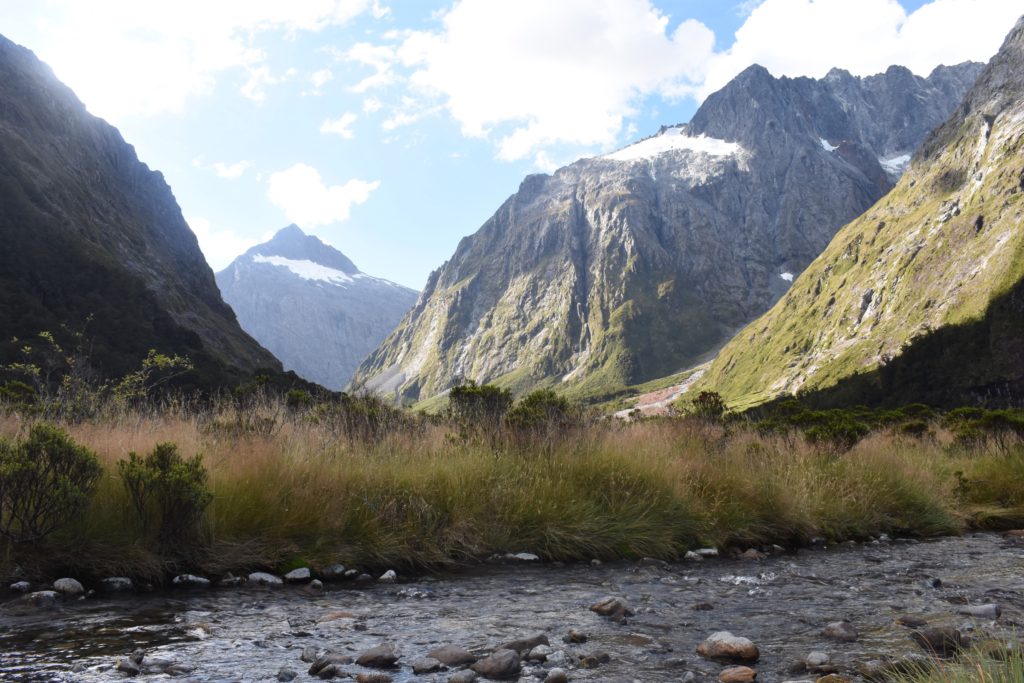
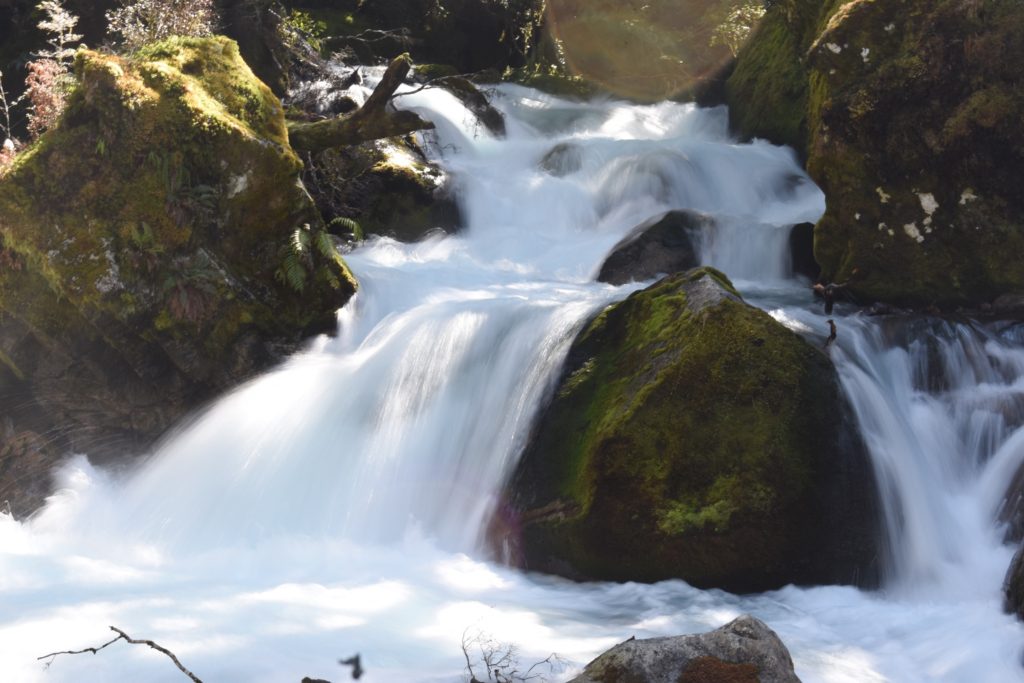
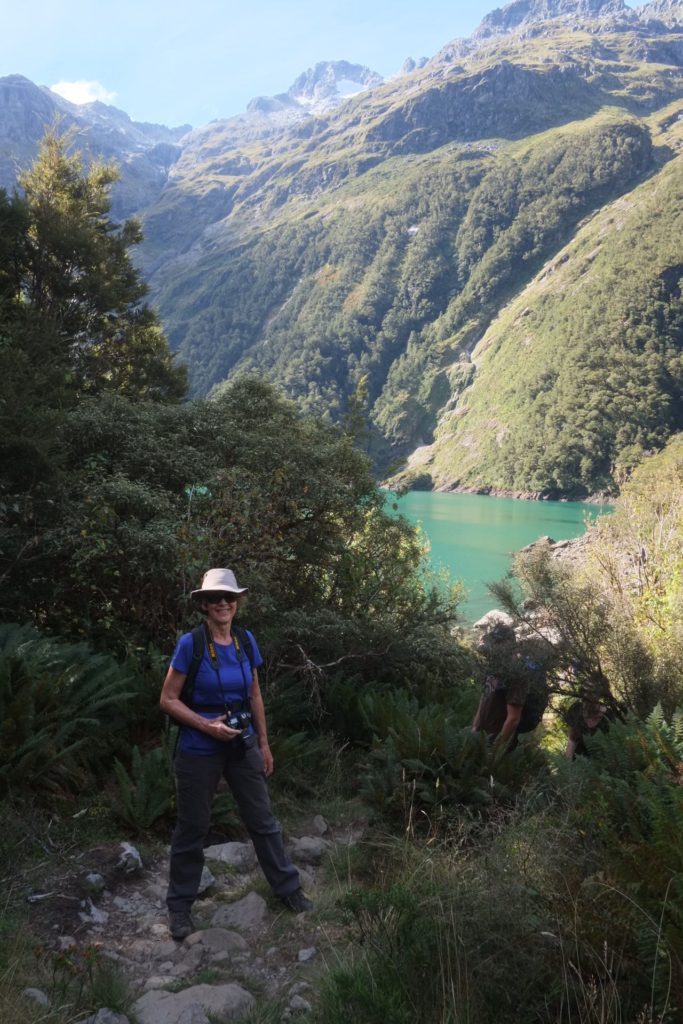
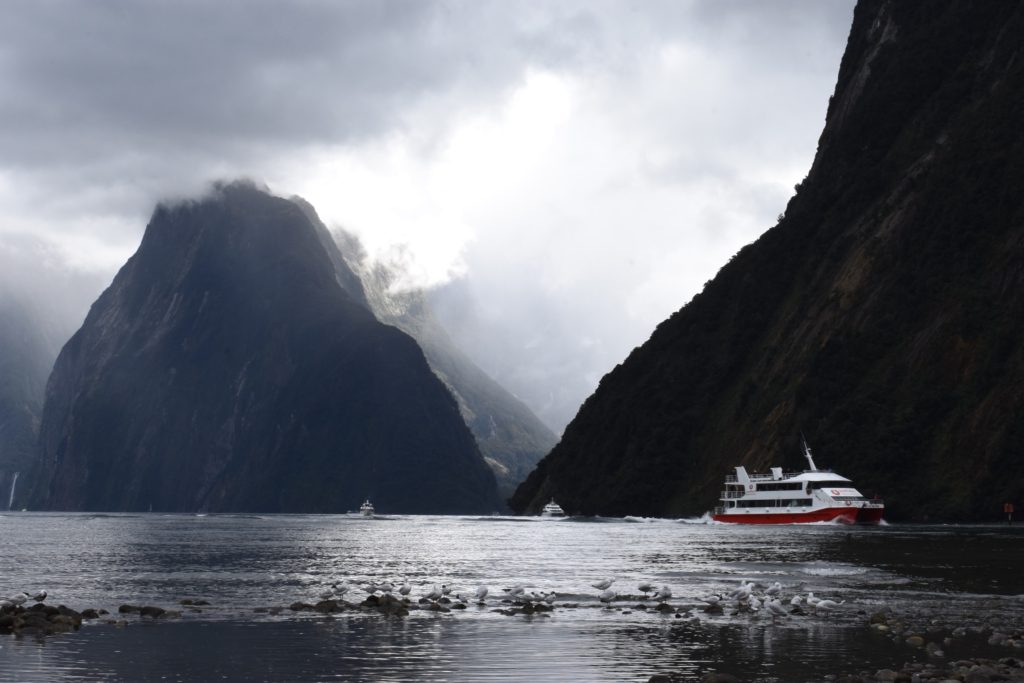
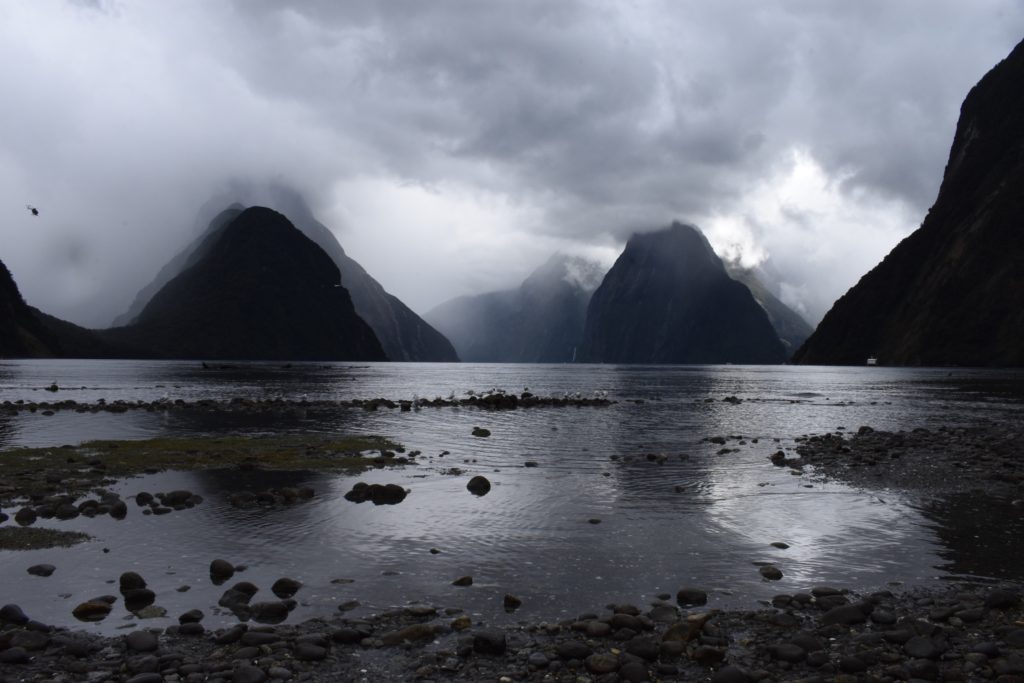
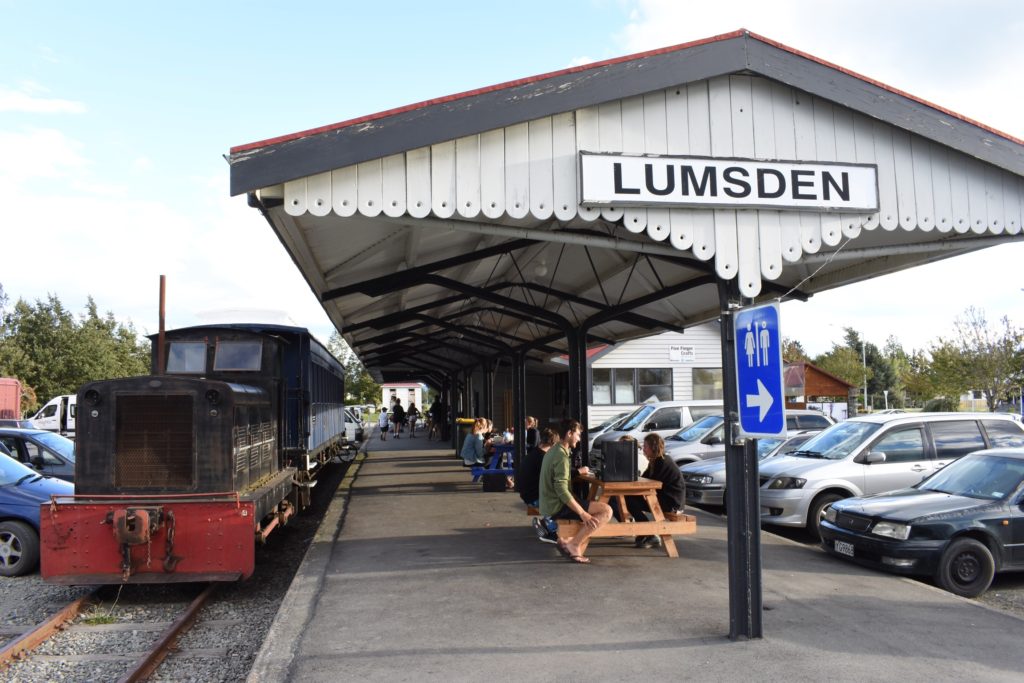
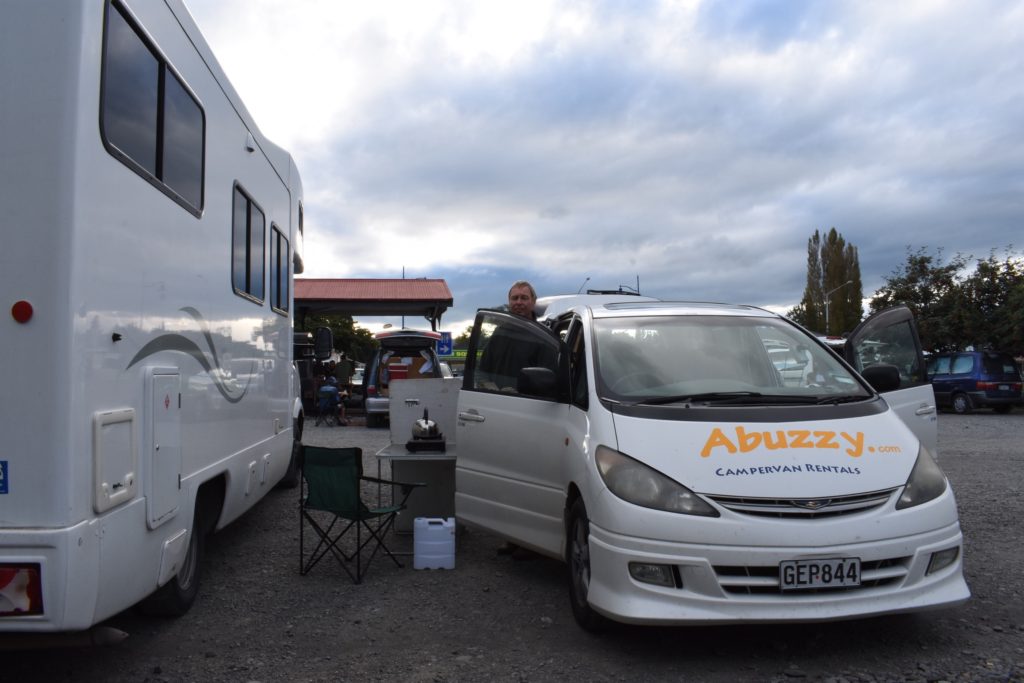

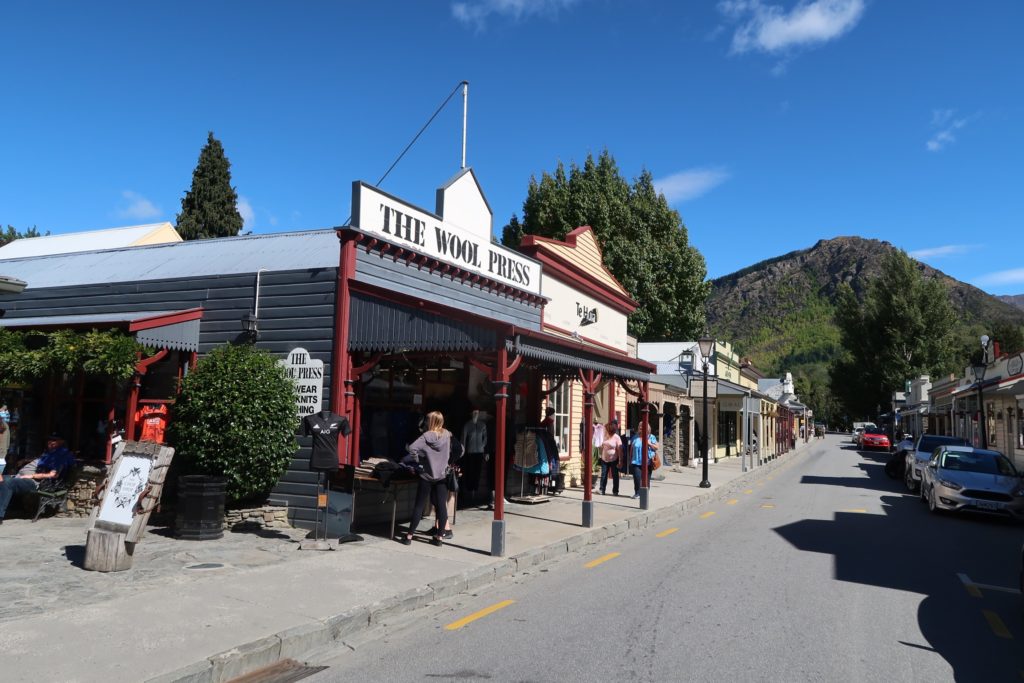
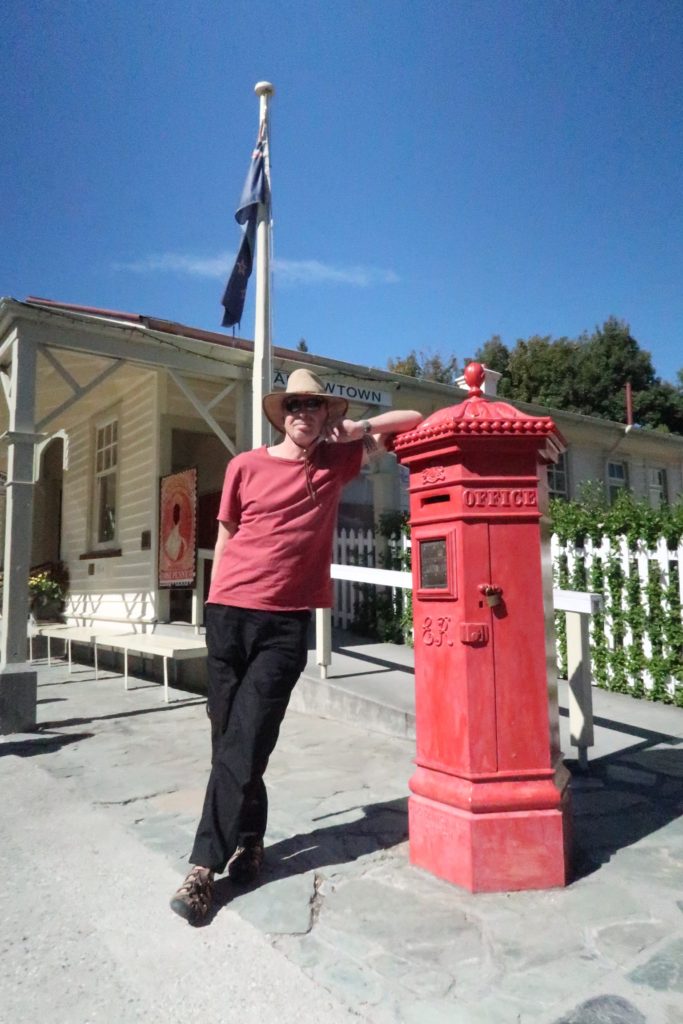
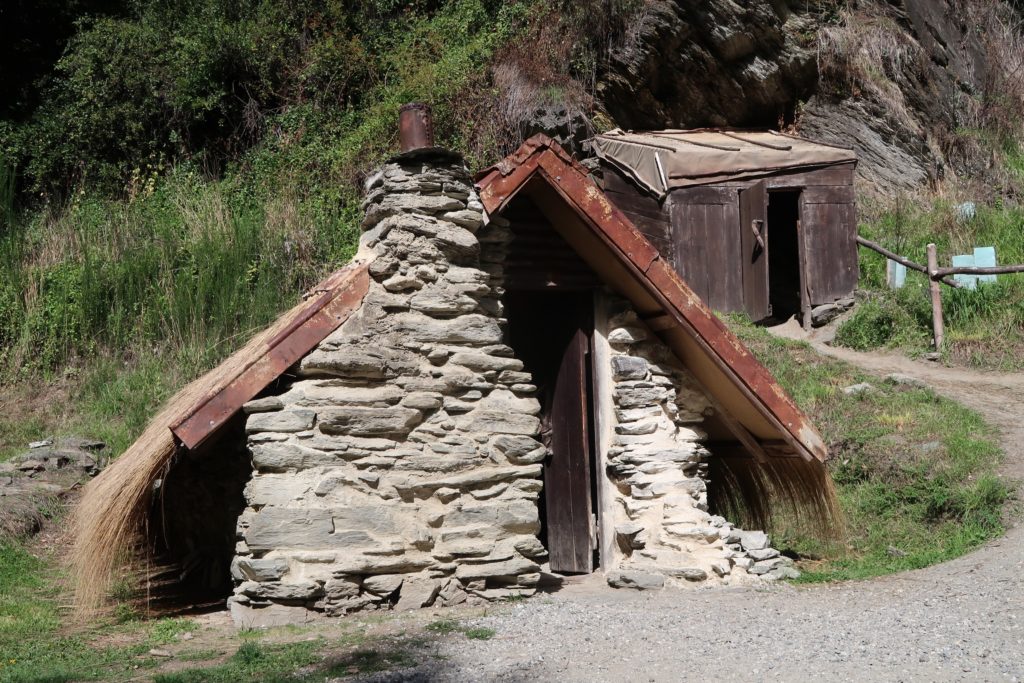
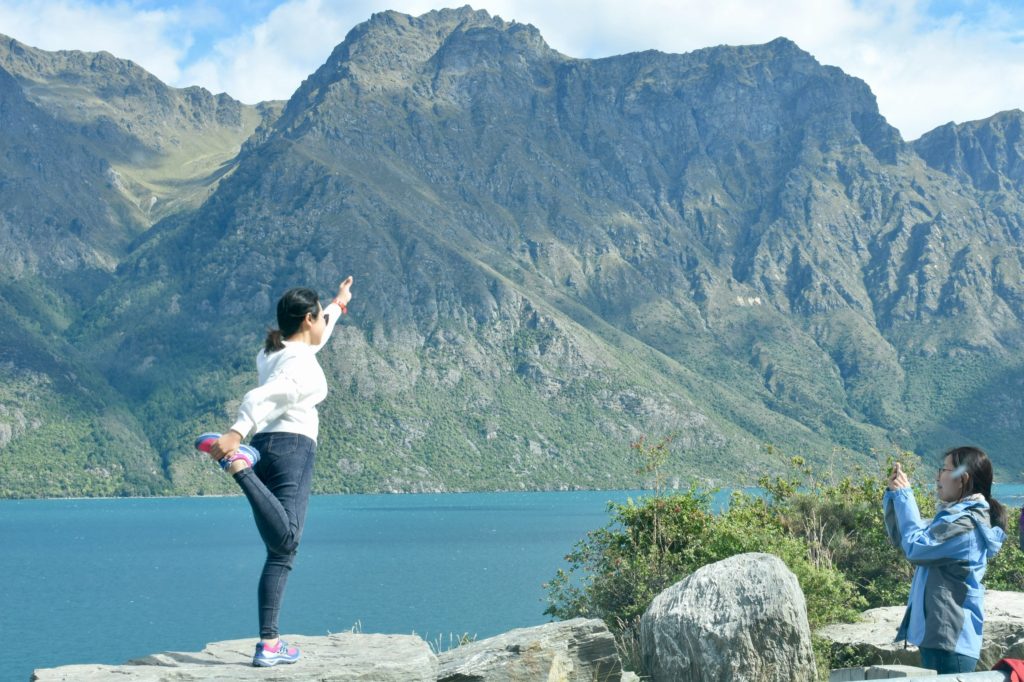
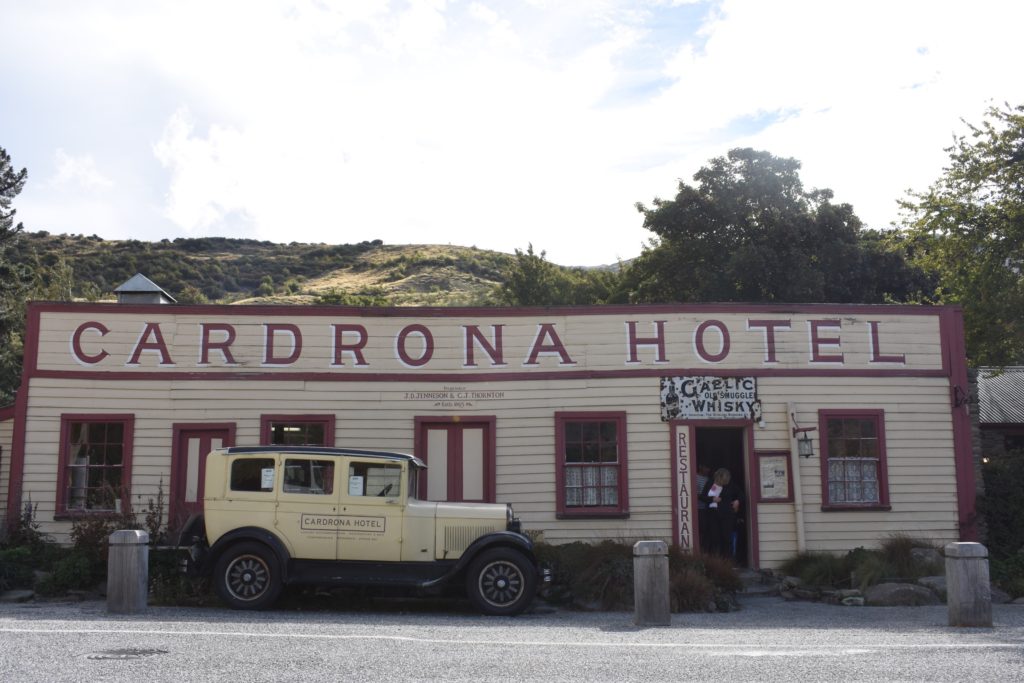
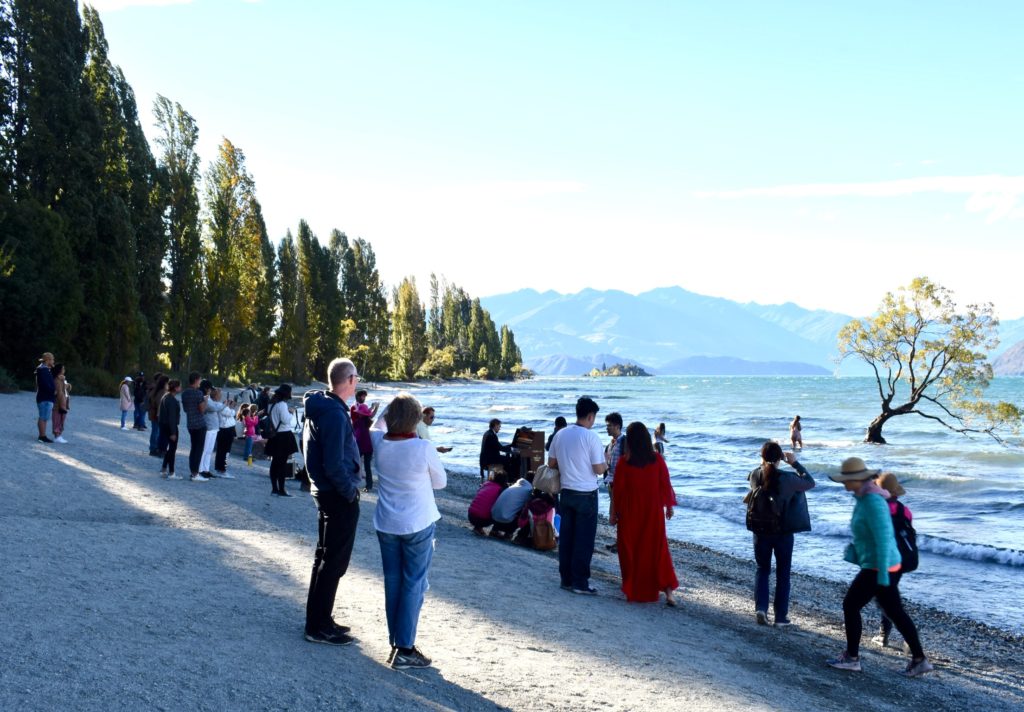
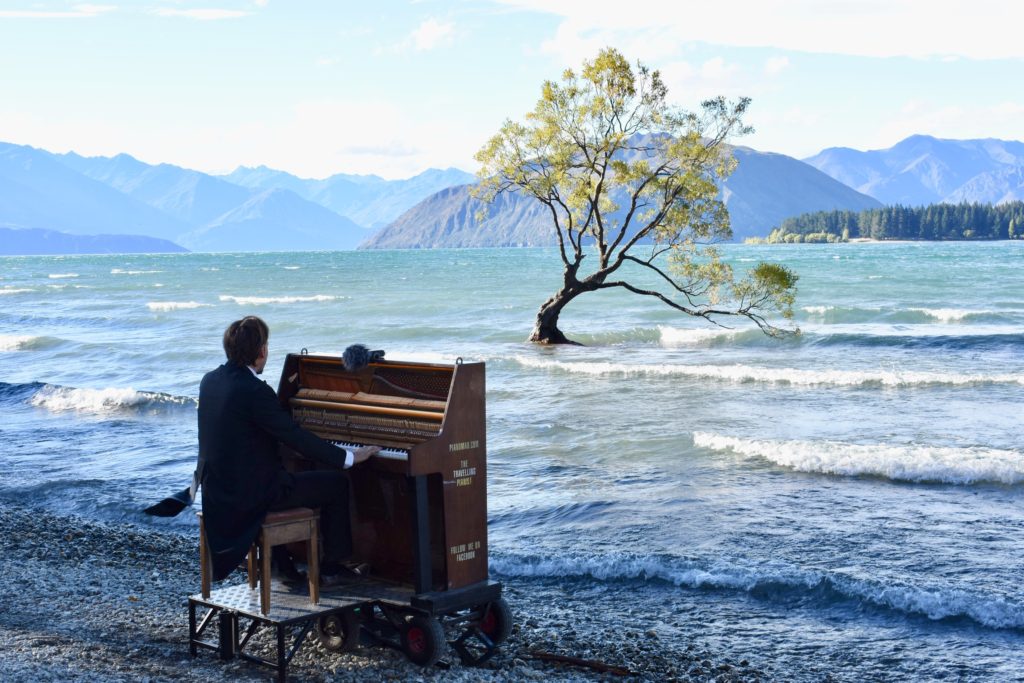
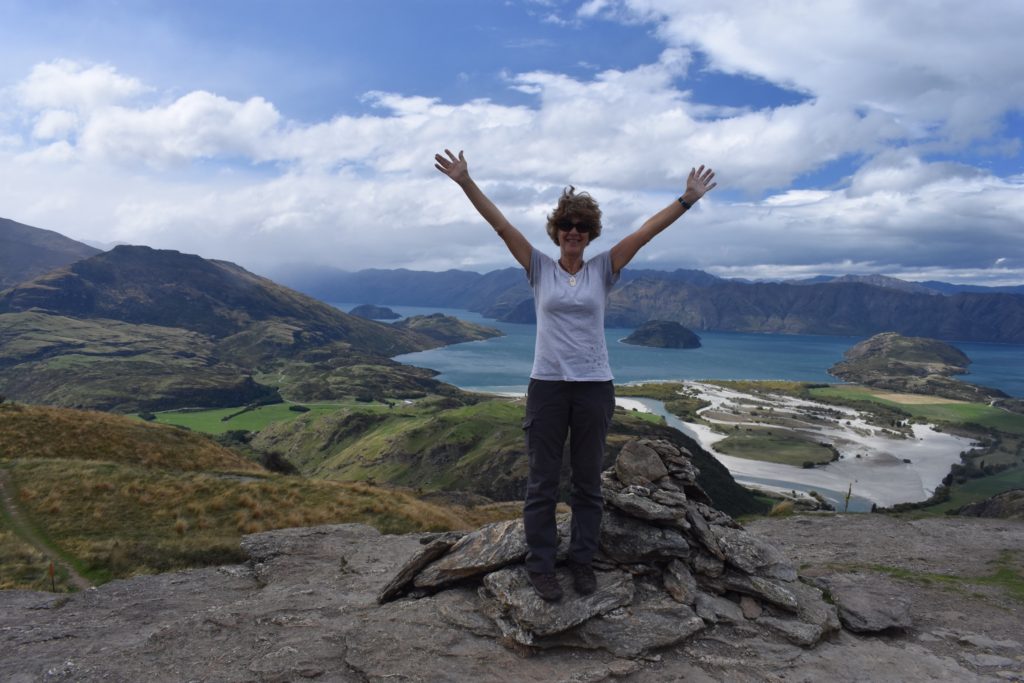
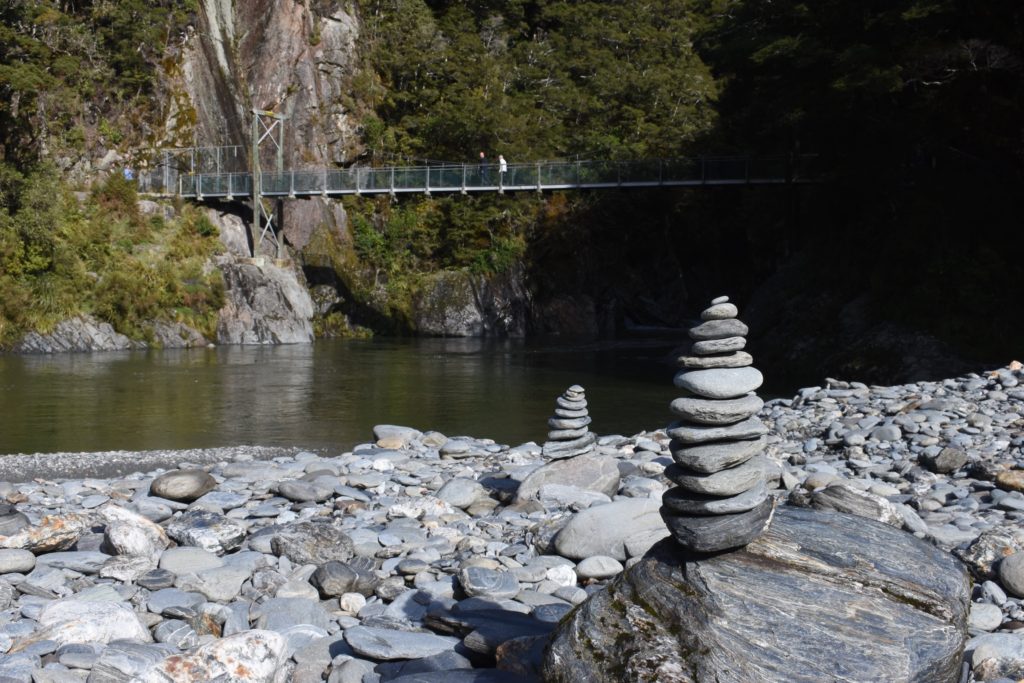
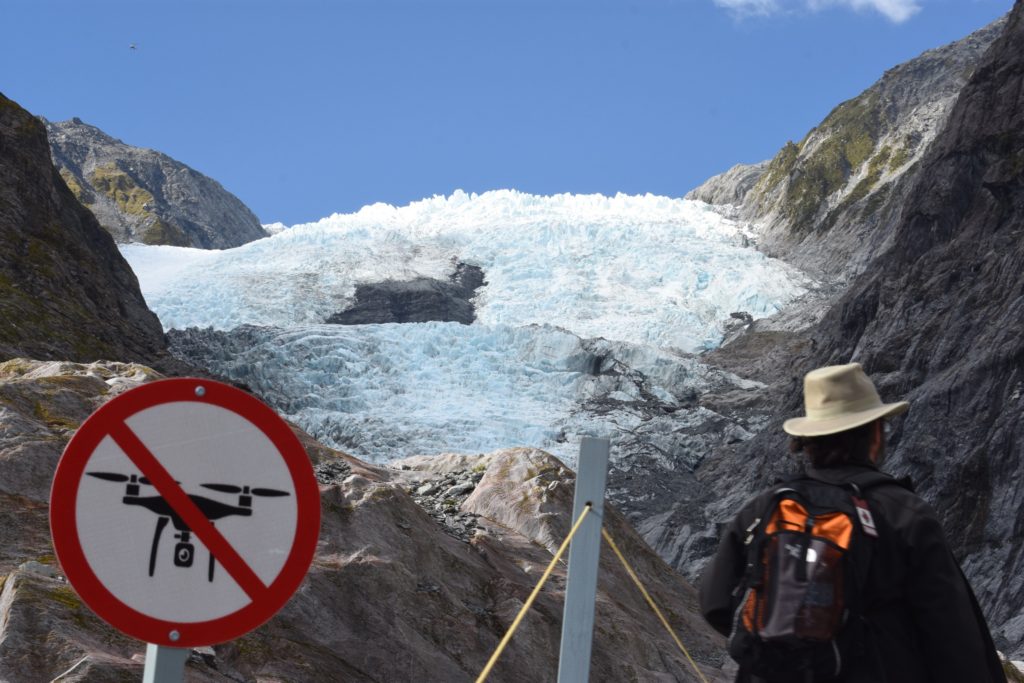
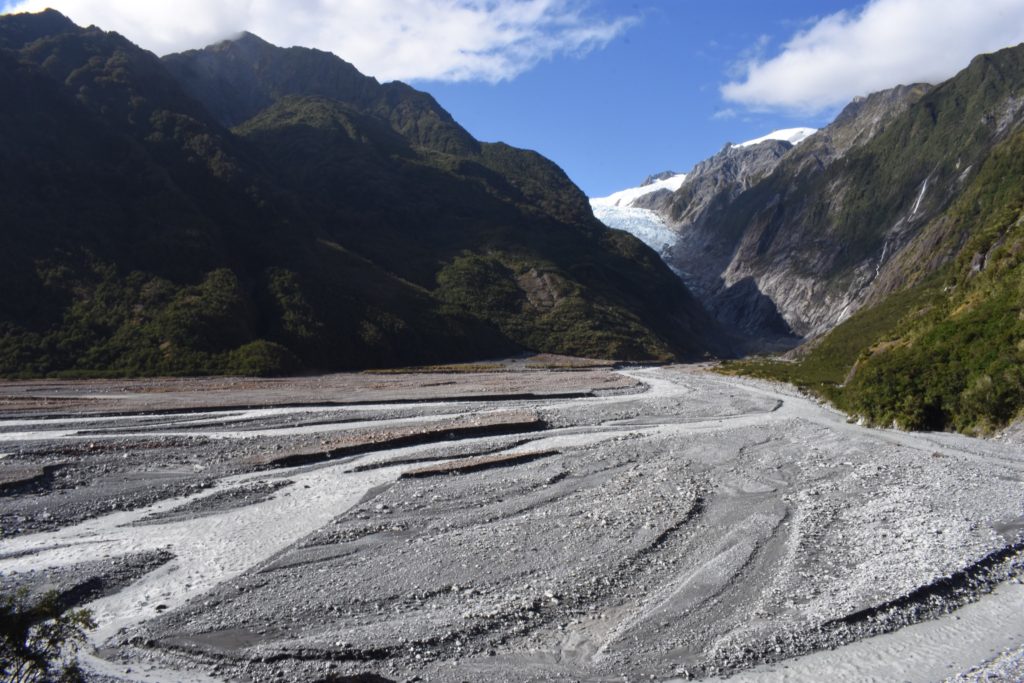
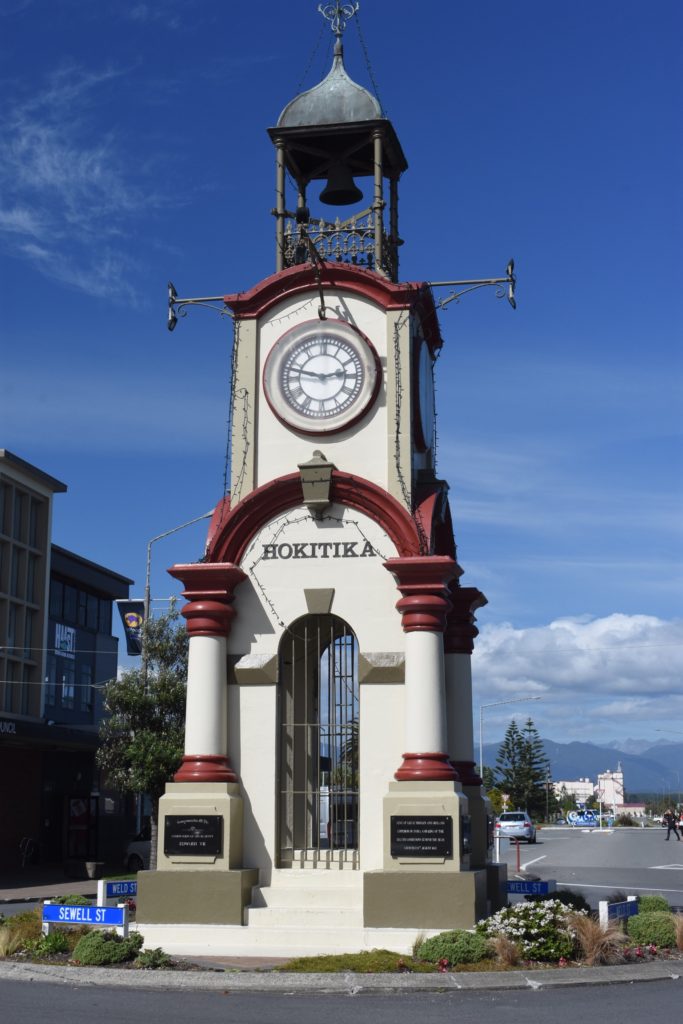
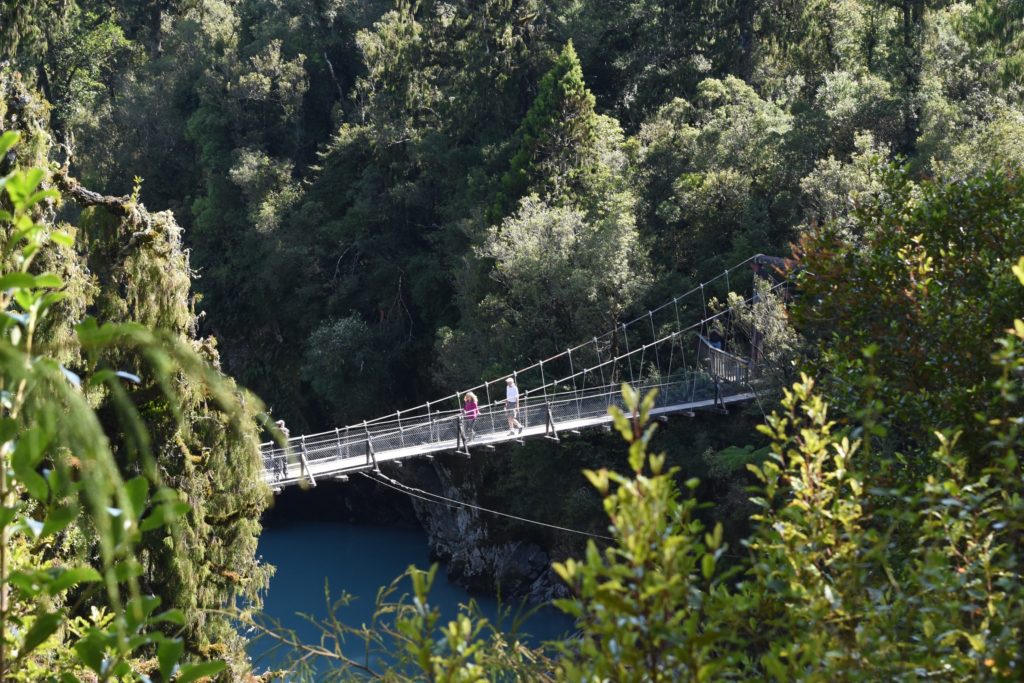
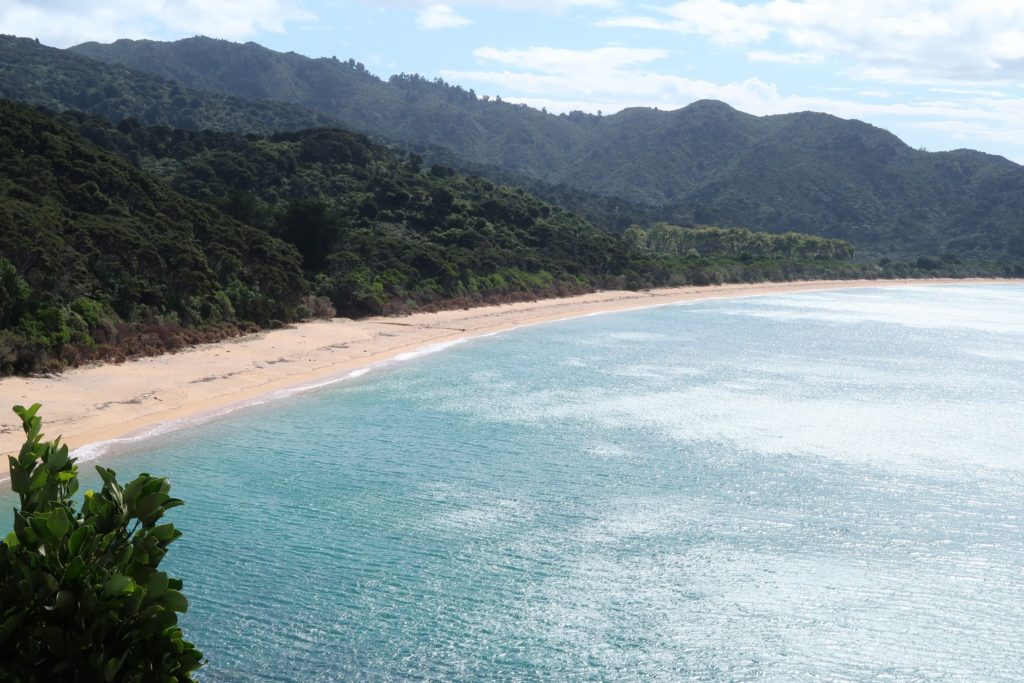
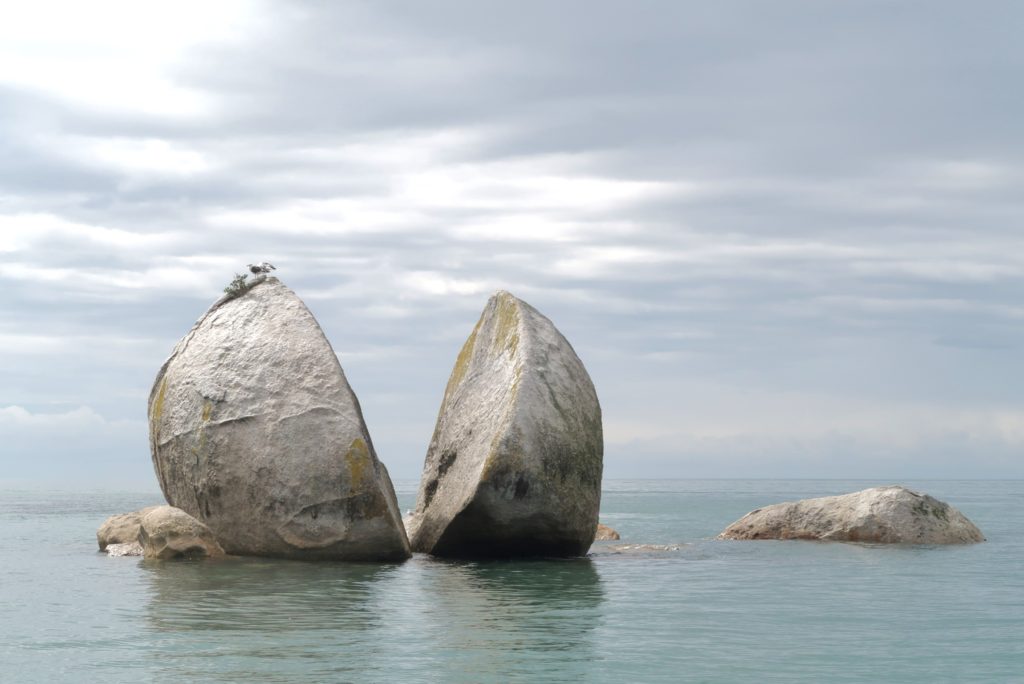
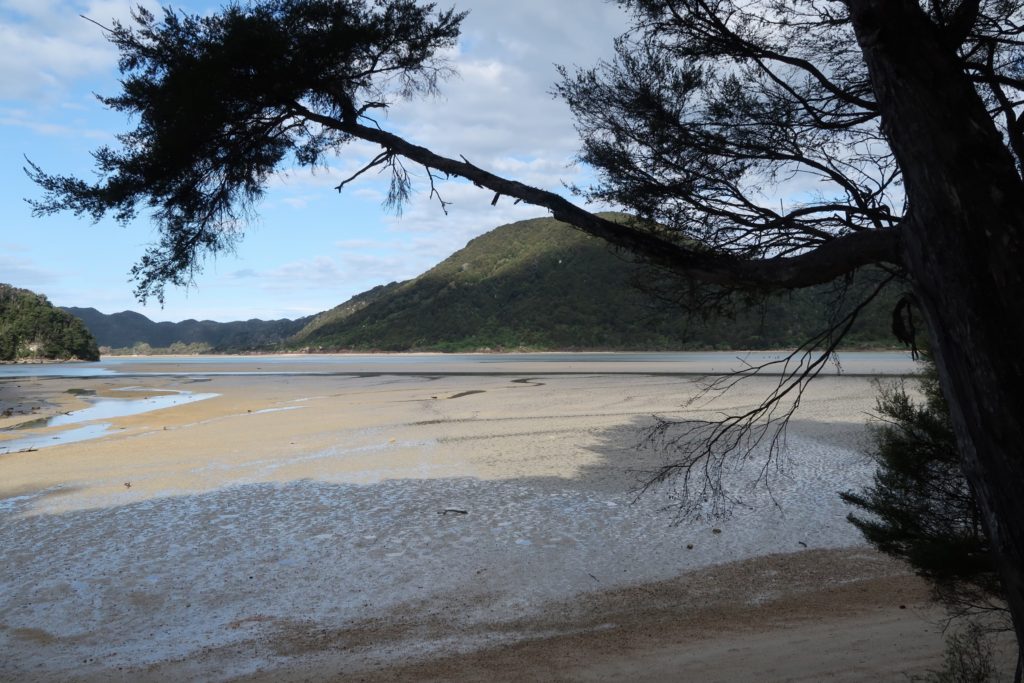
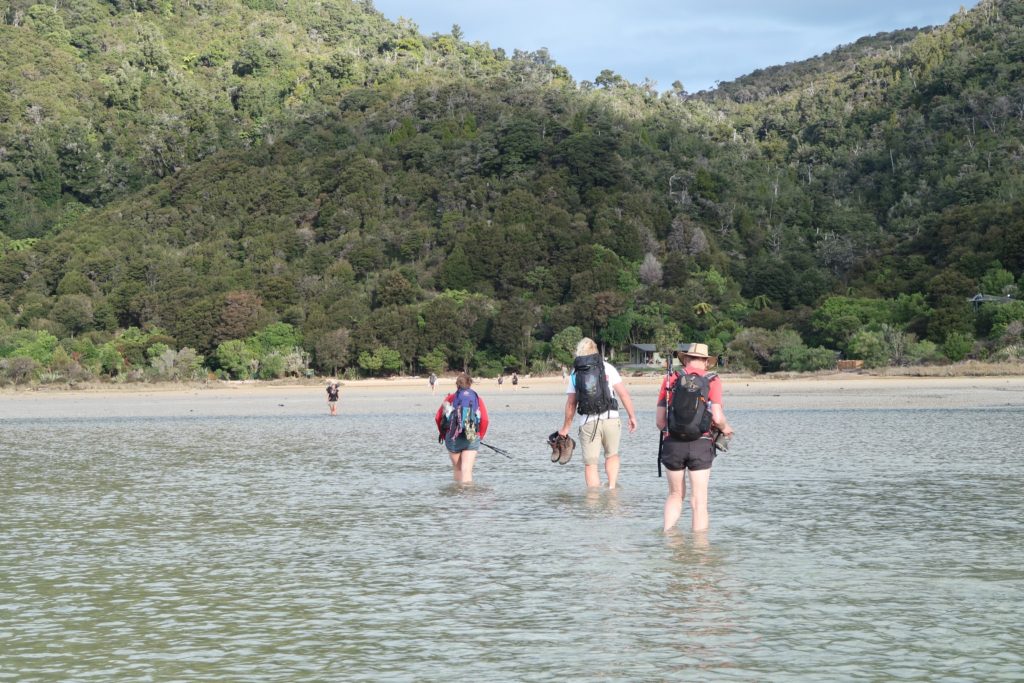
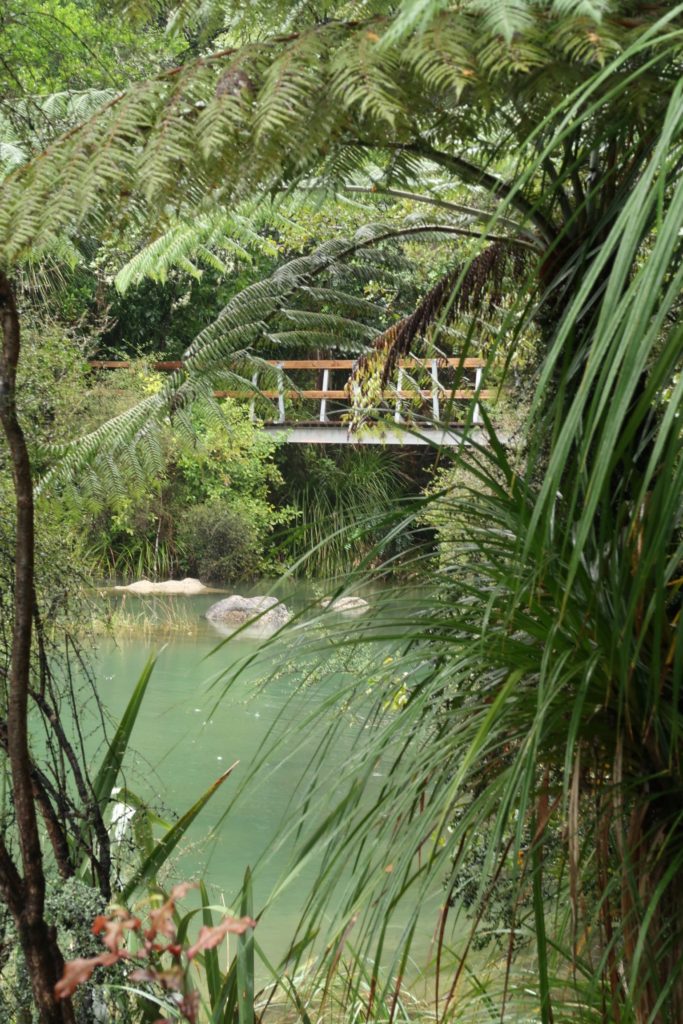
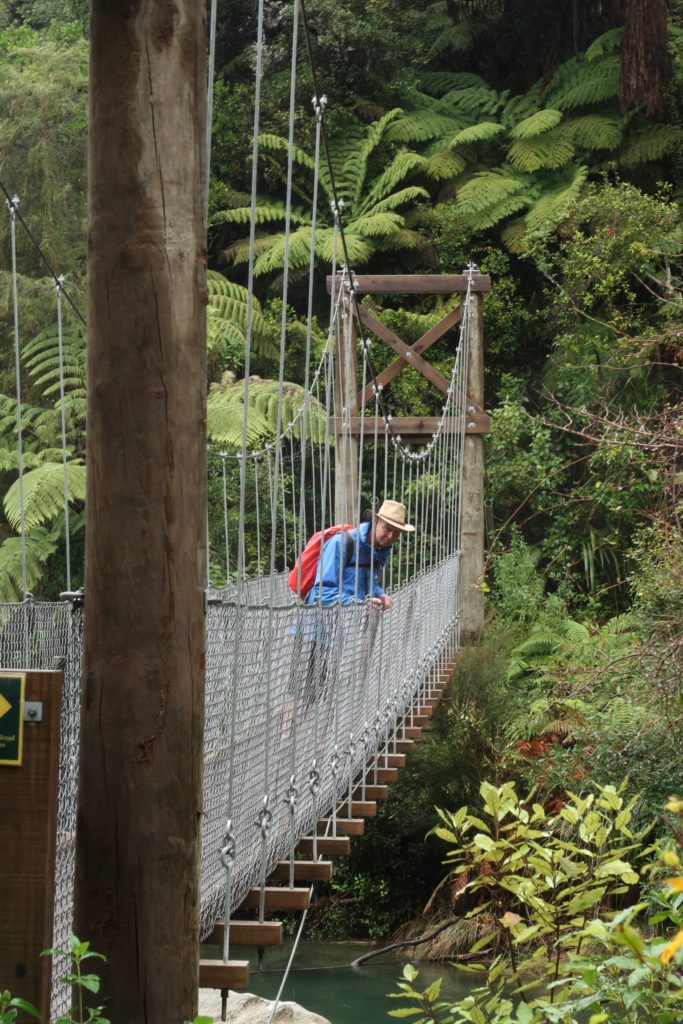
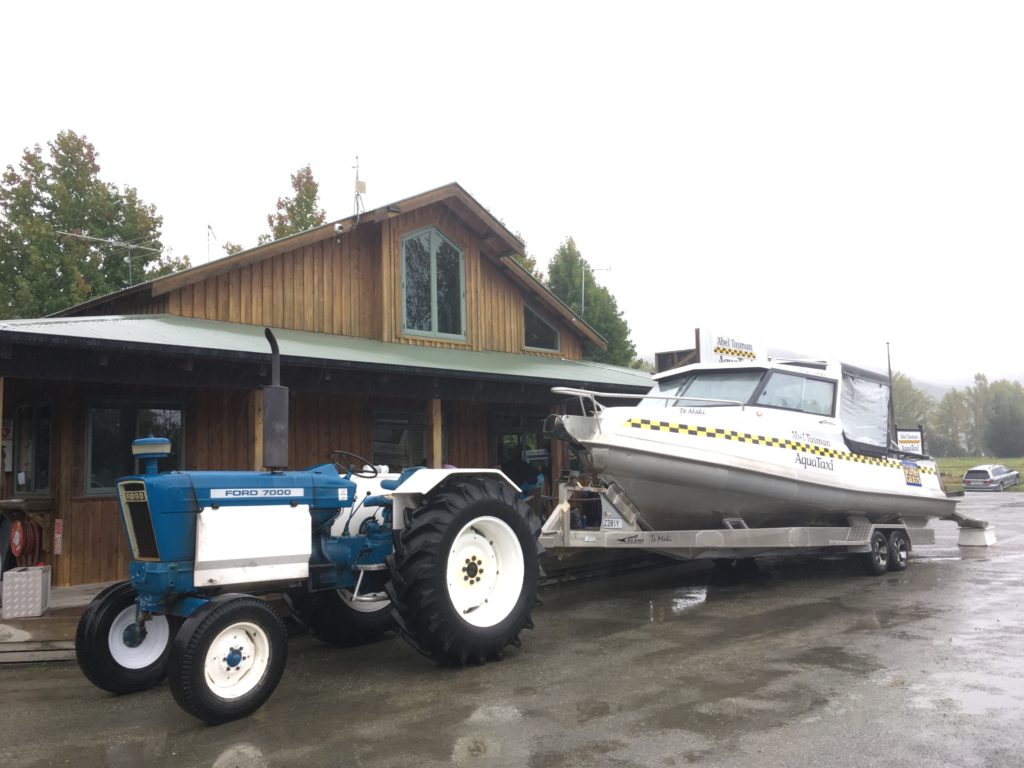
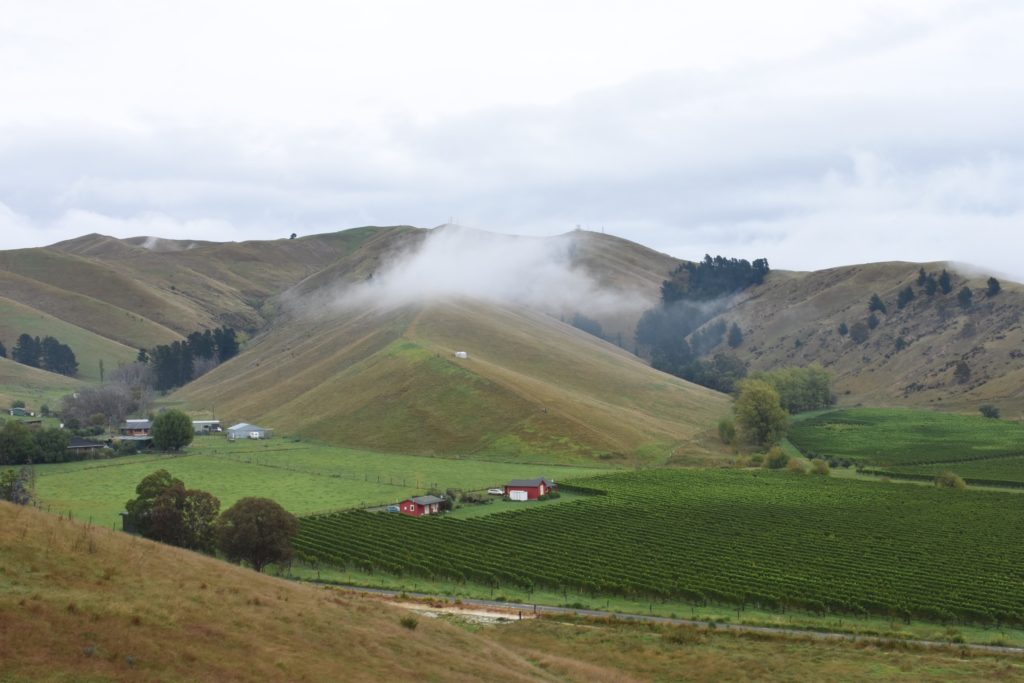
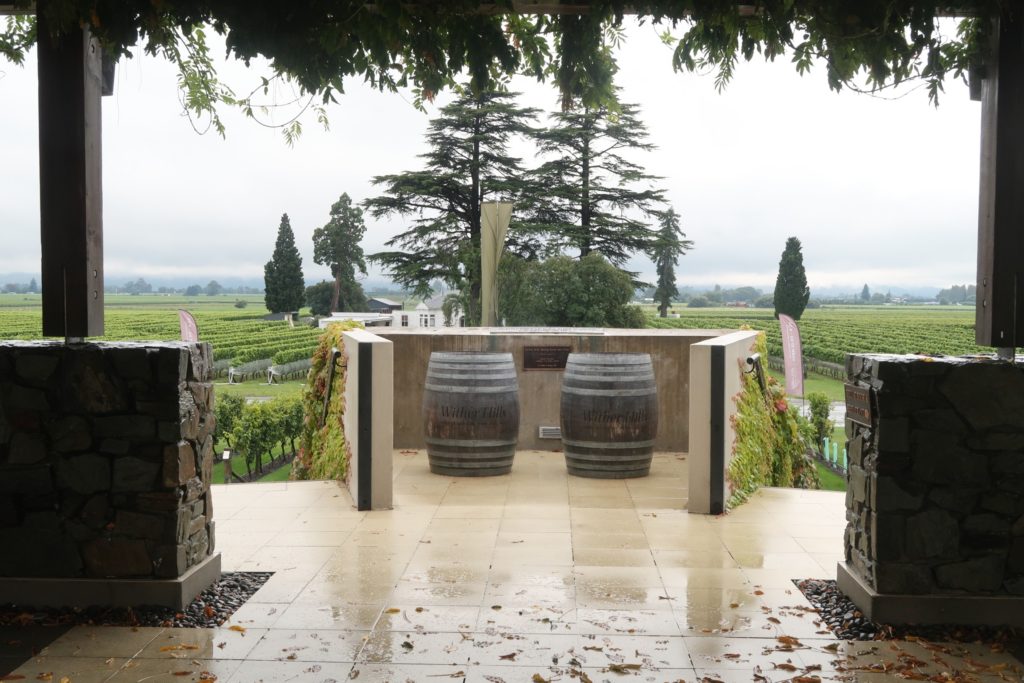
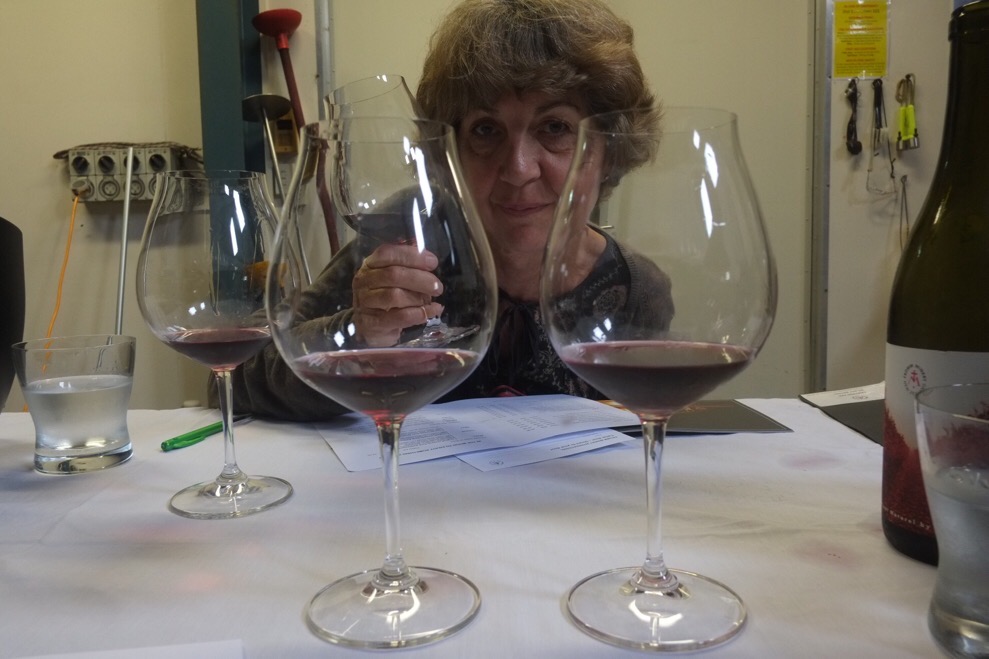
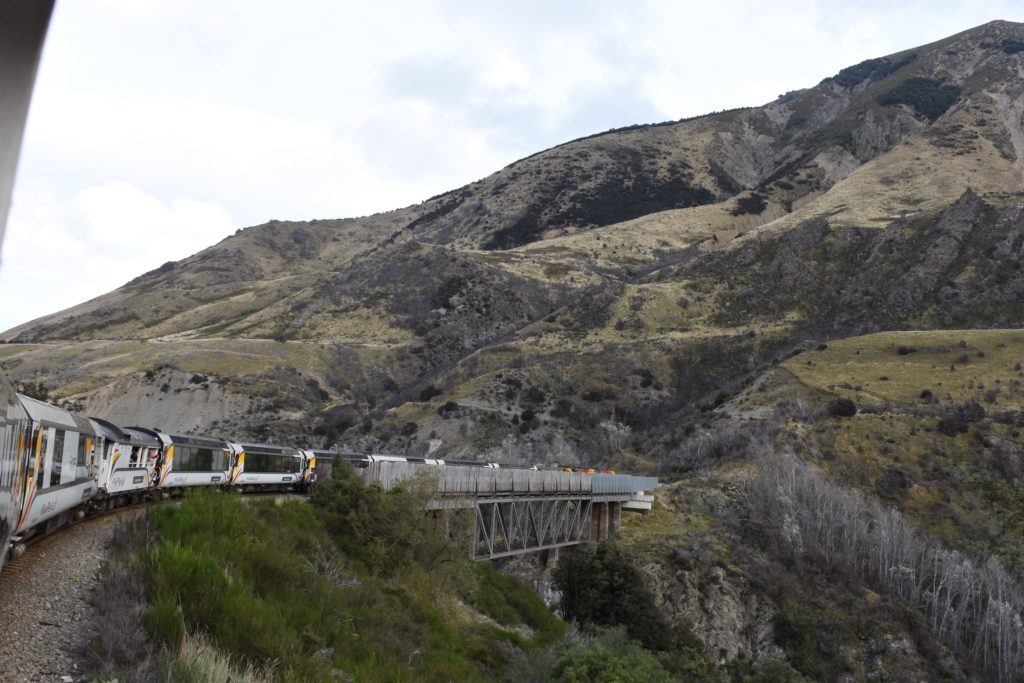
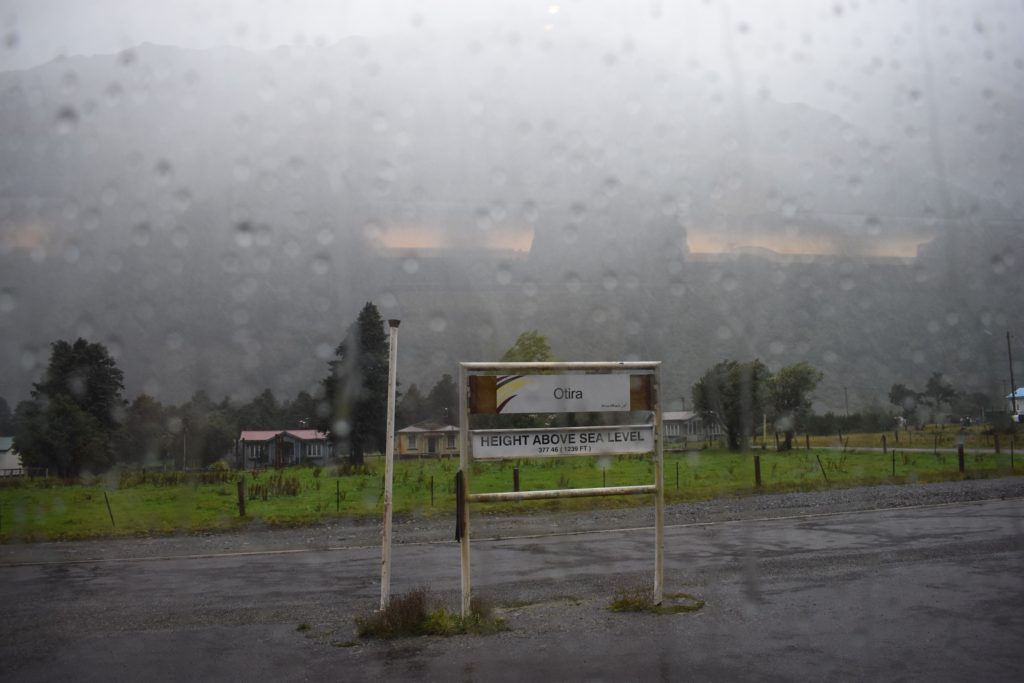
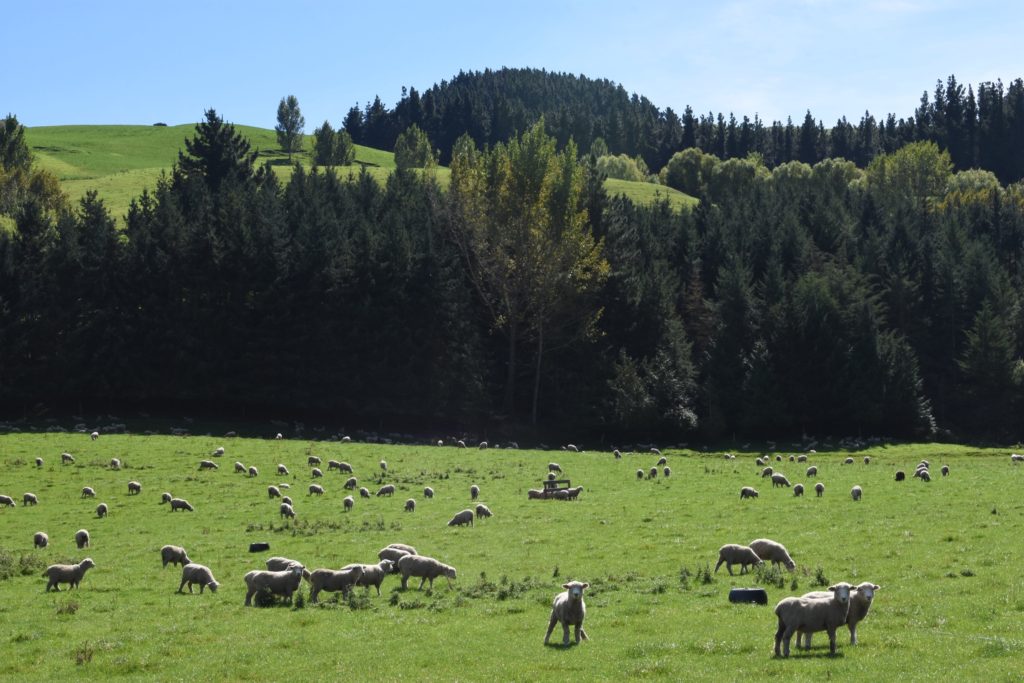
1 Comment
Karen
May 26, 2018 - 9:09 amLove the South Island! You saw and have done so much there! Sounds like you’re having an amazing time there. Best stop yet?